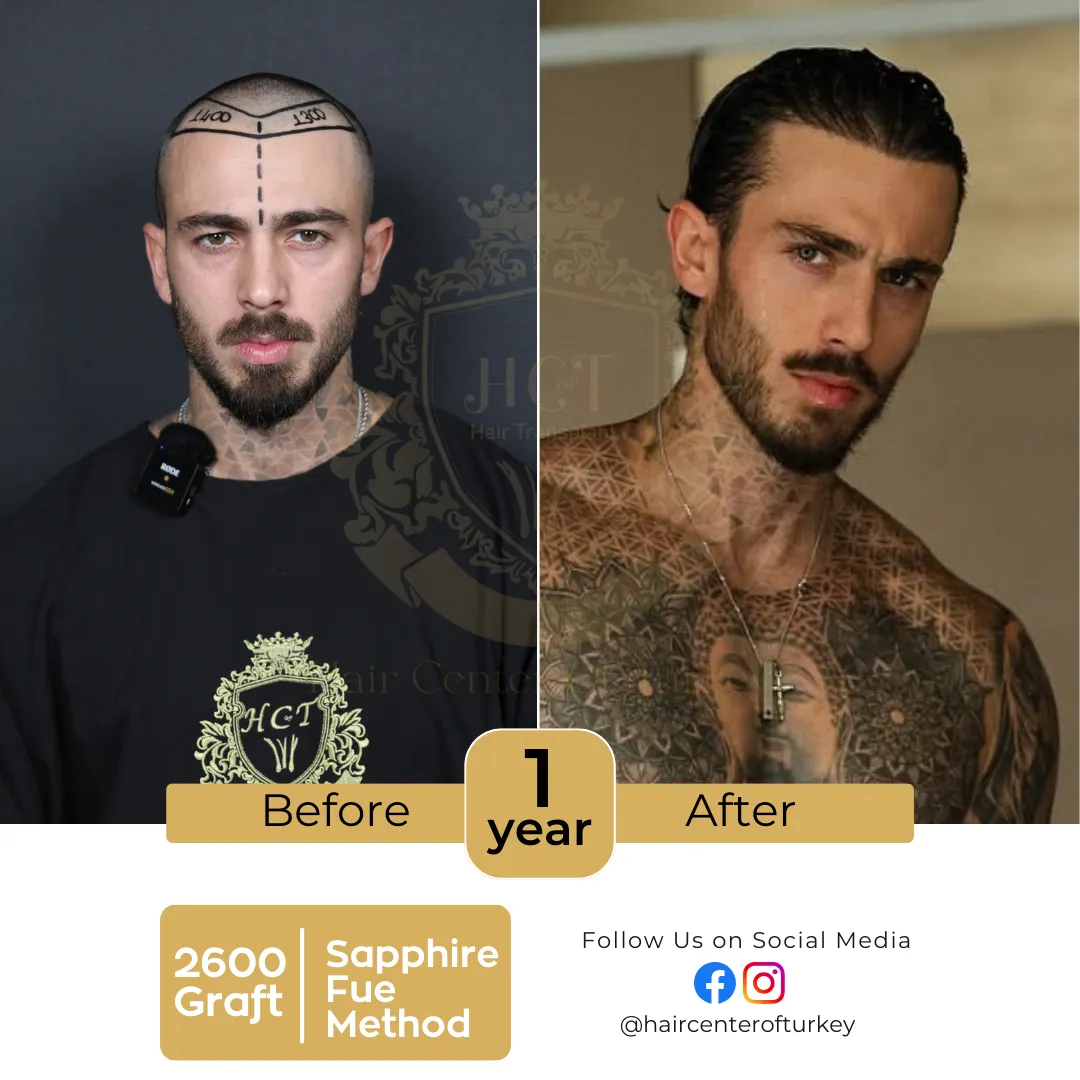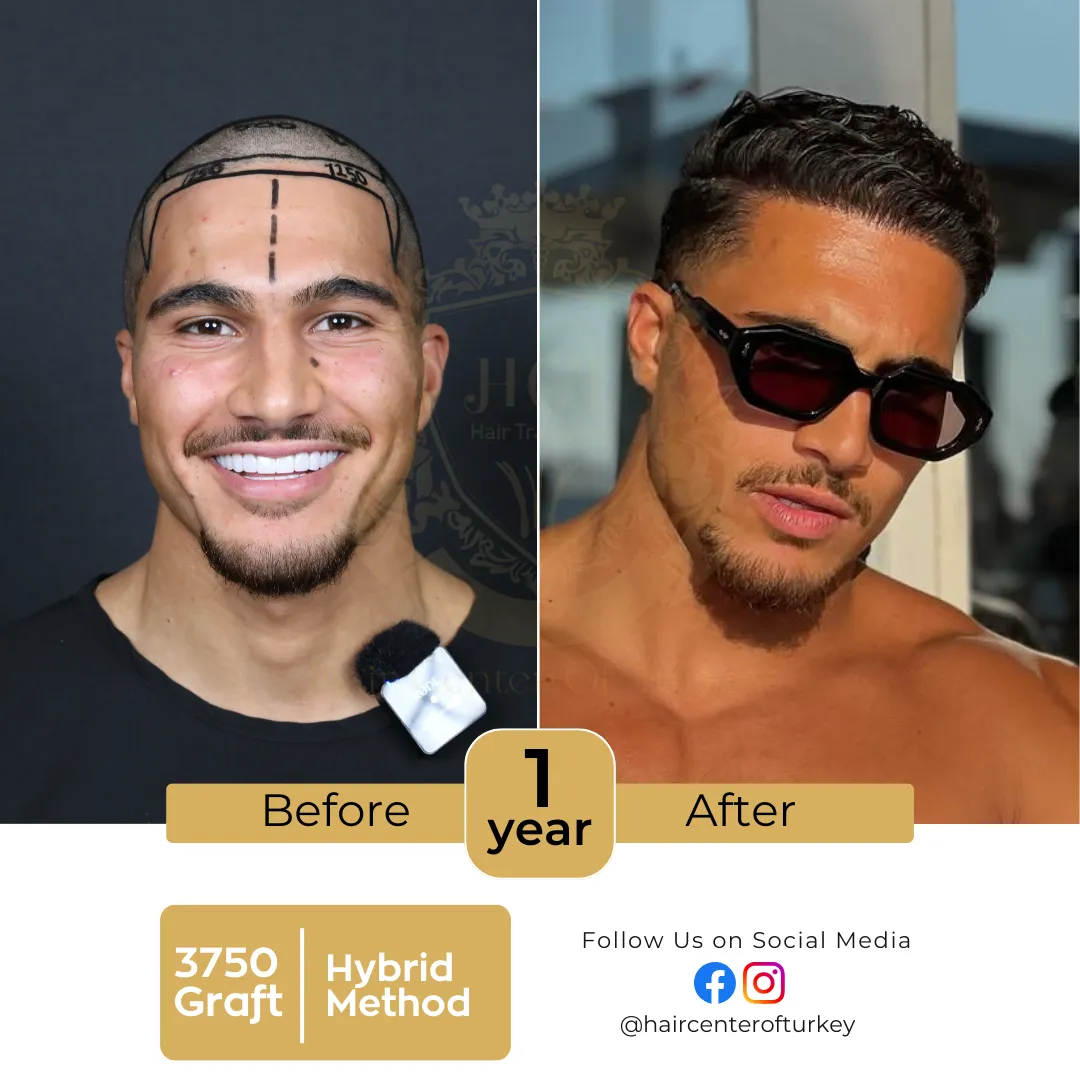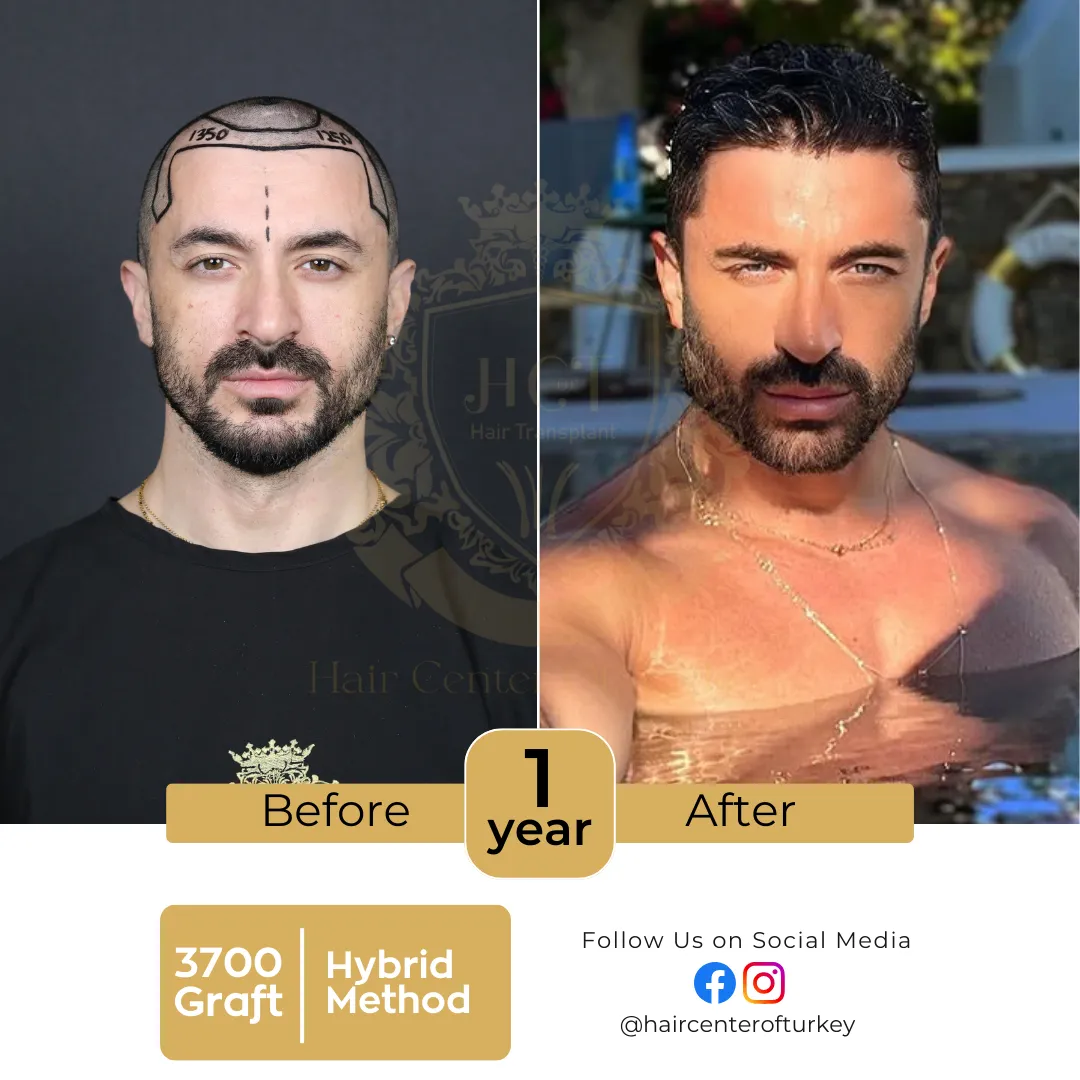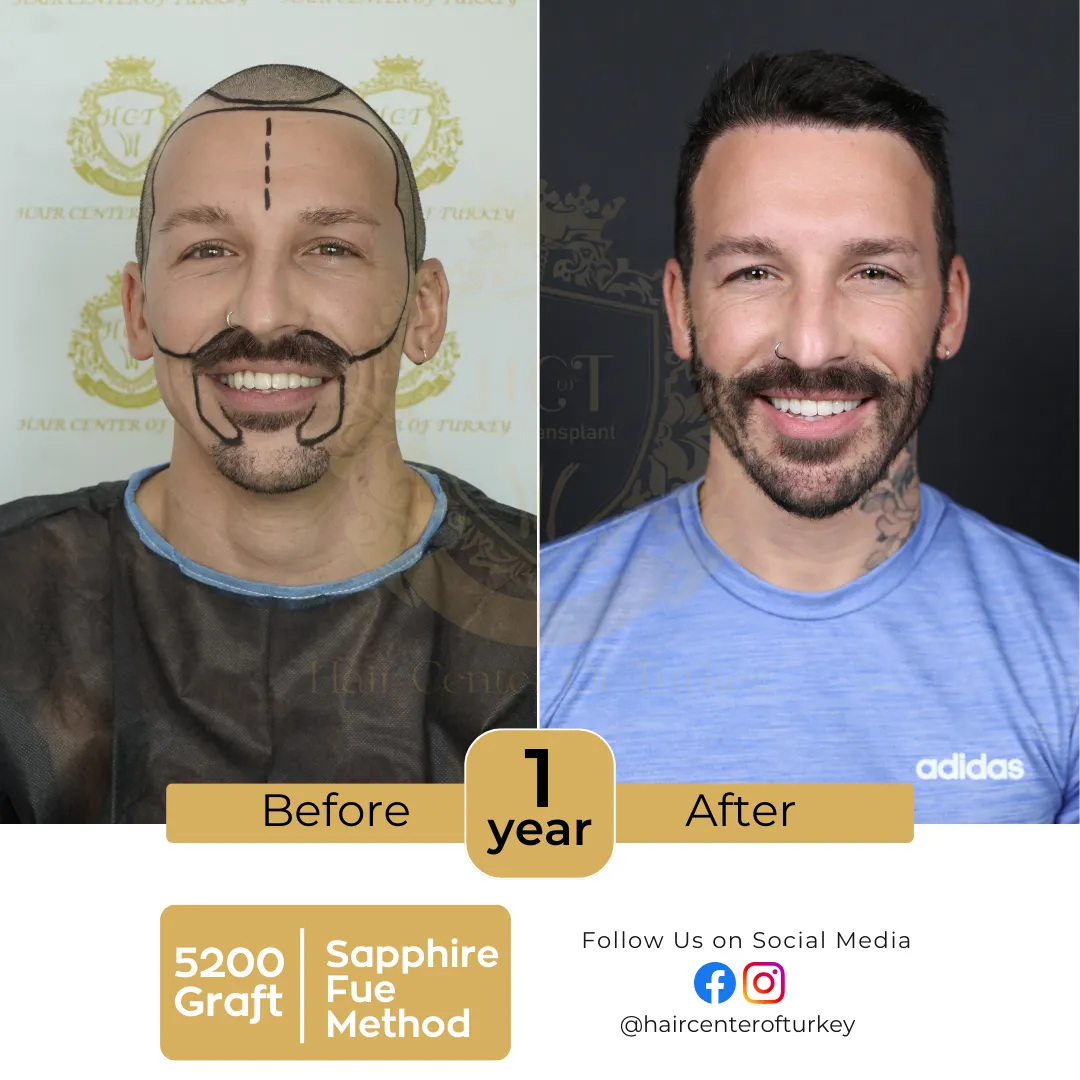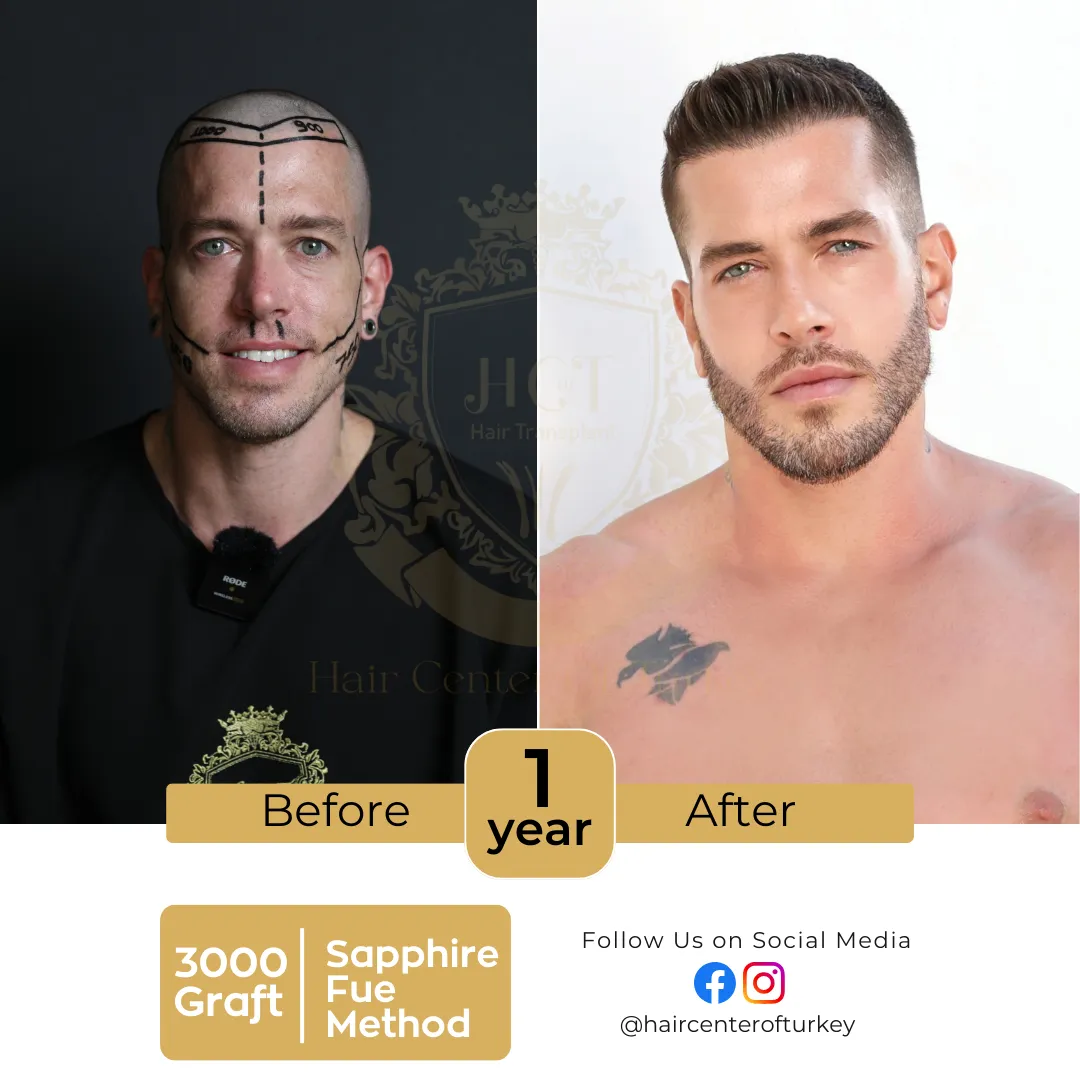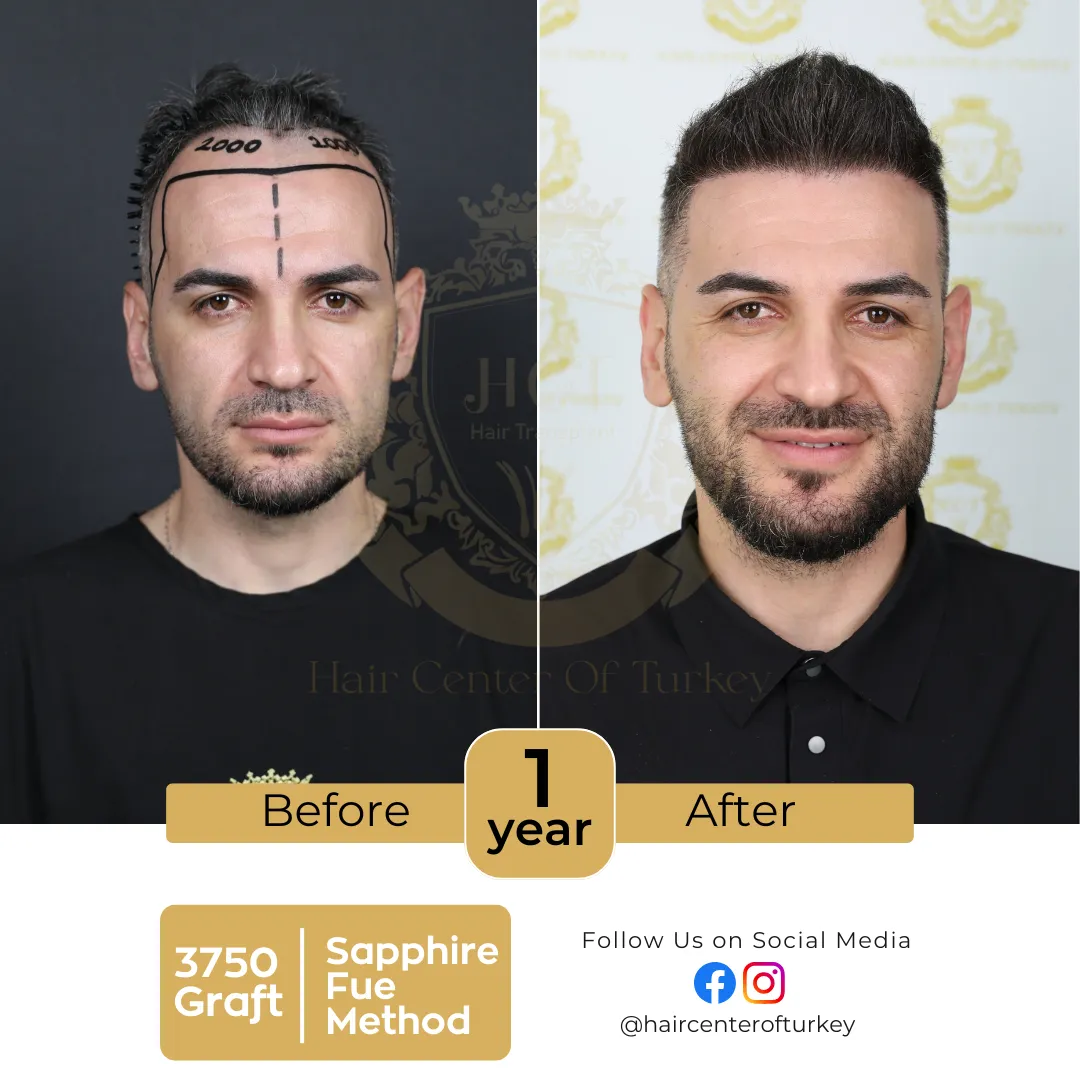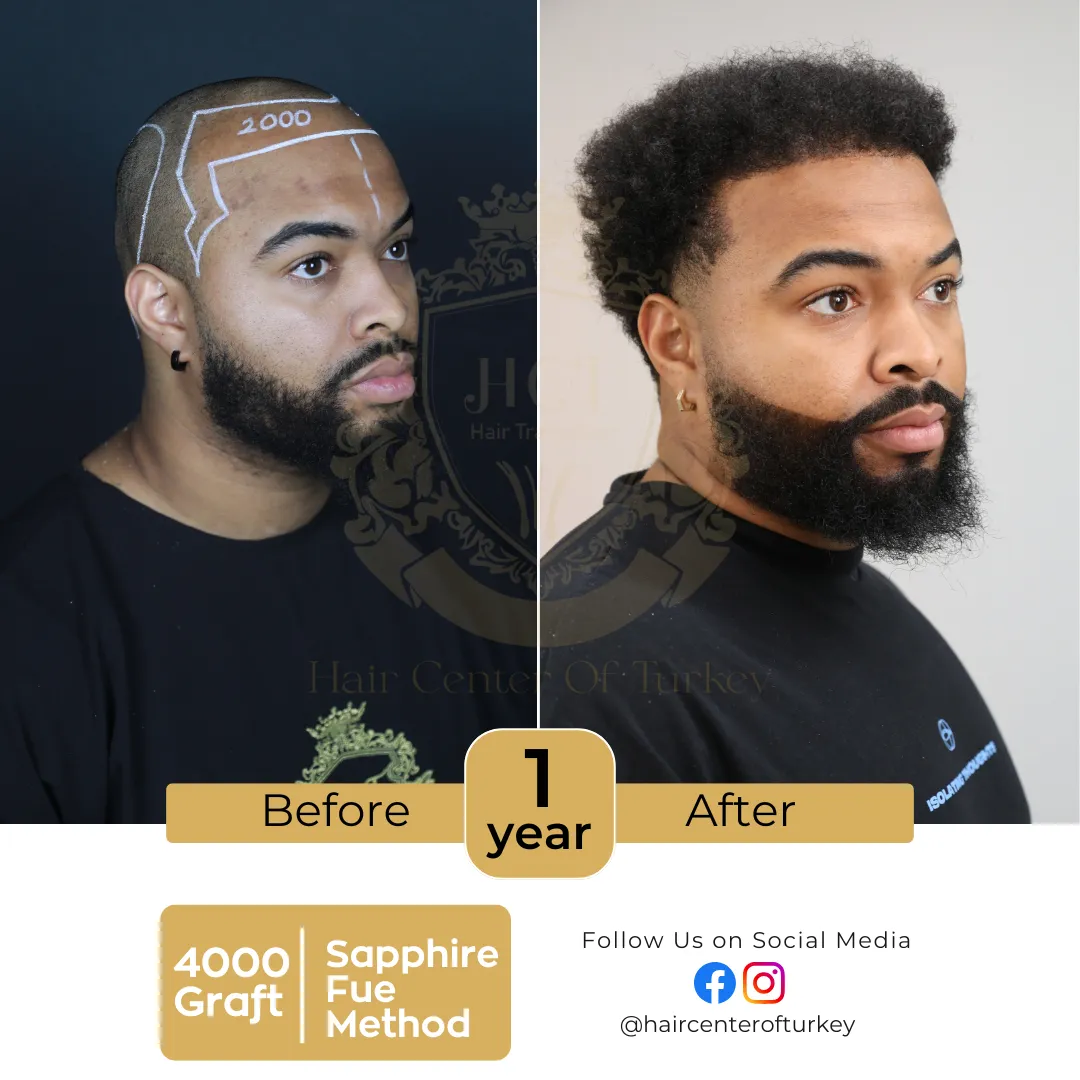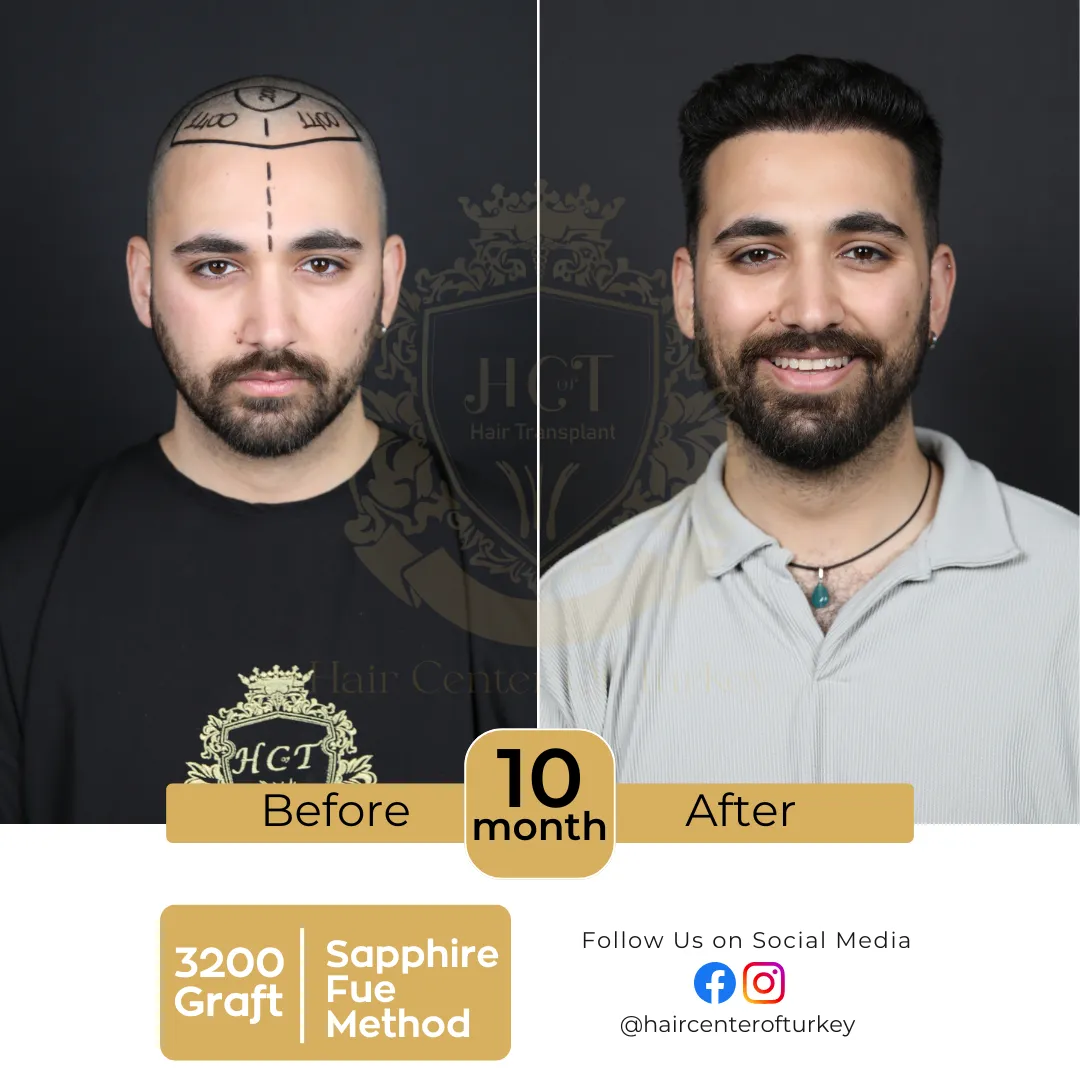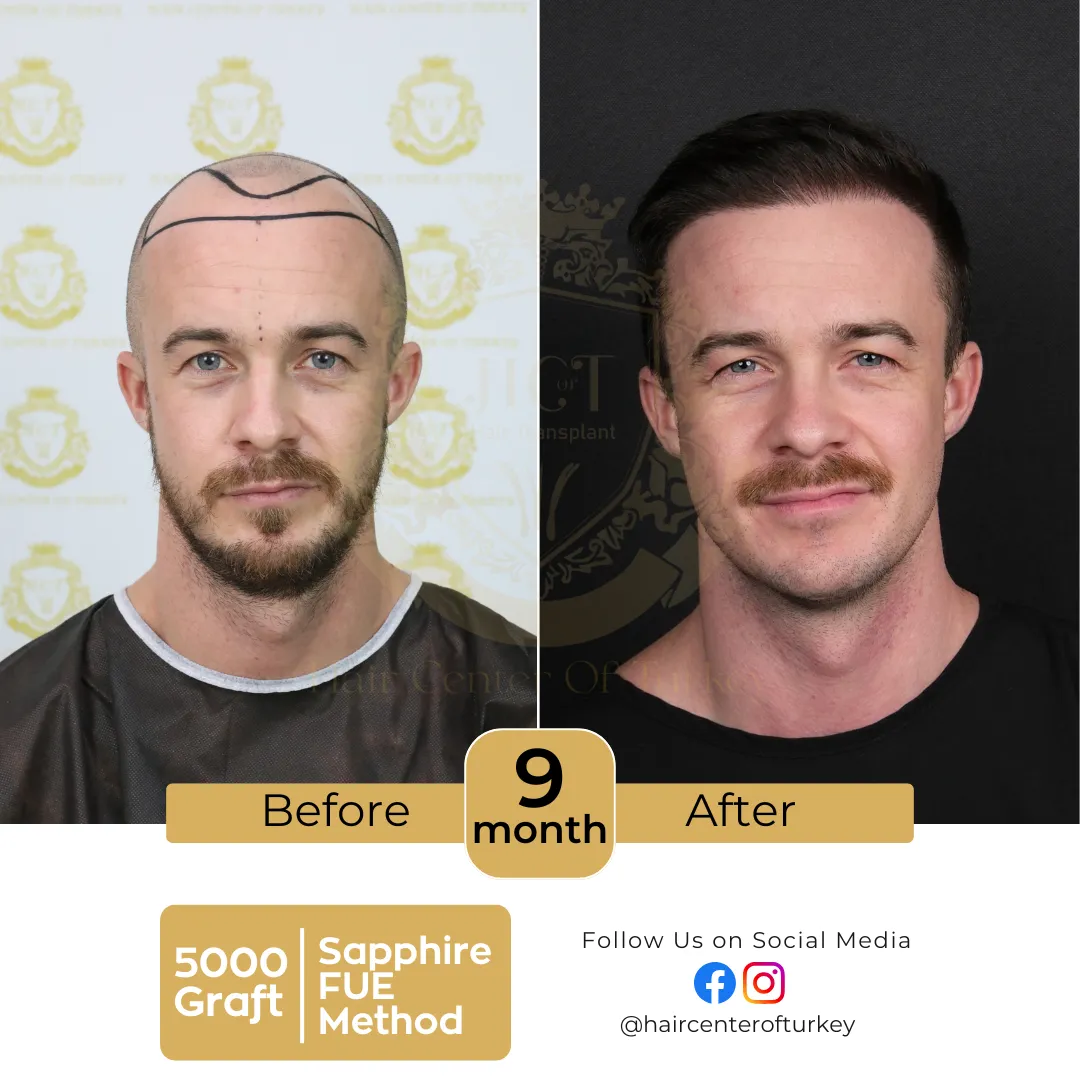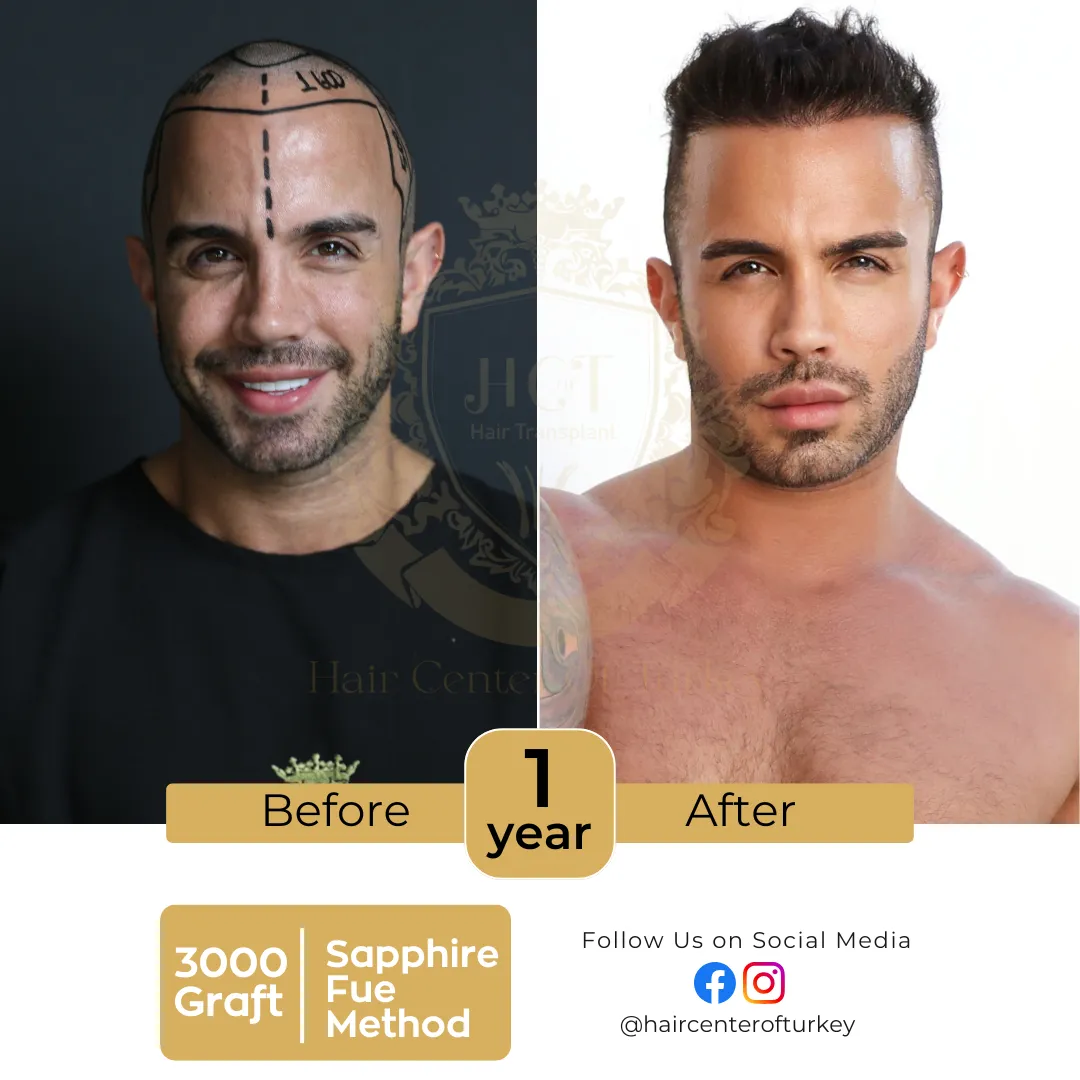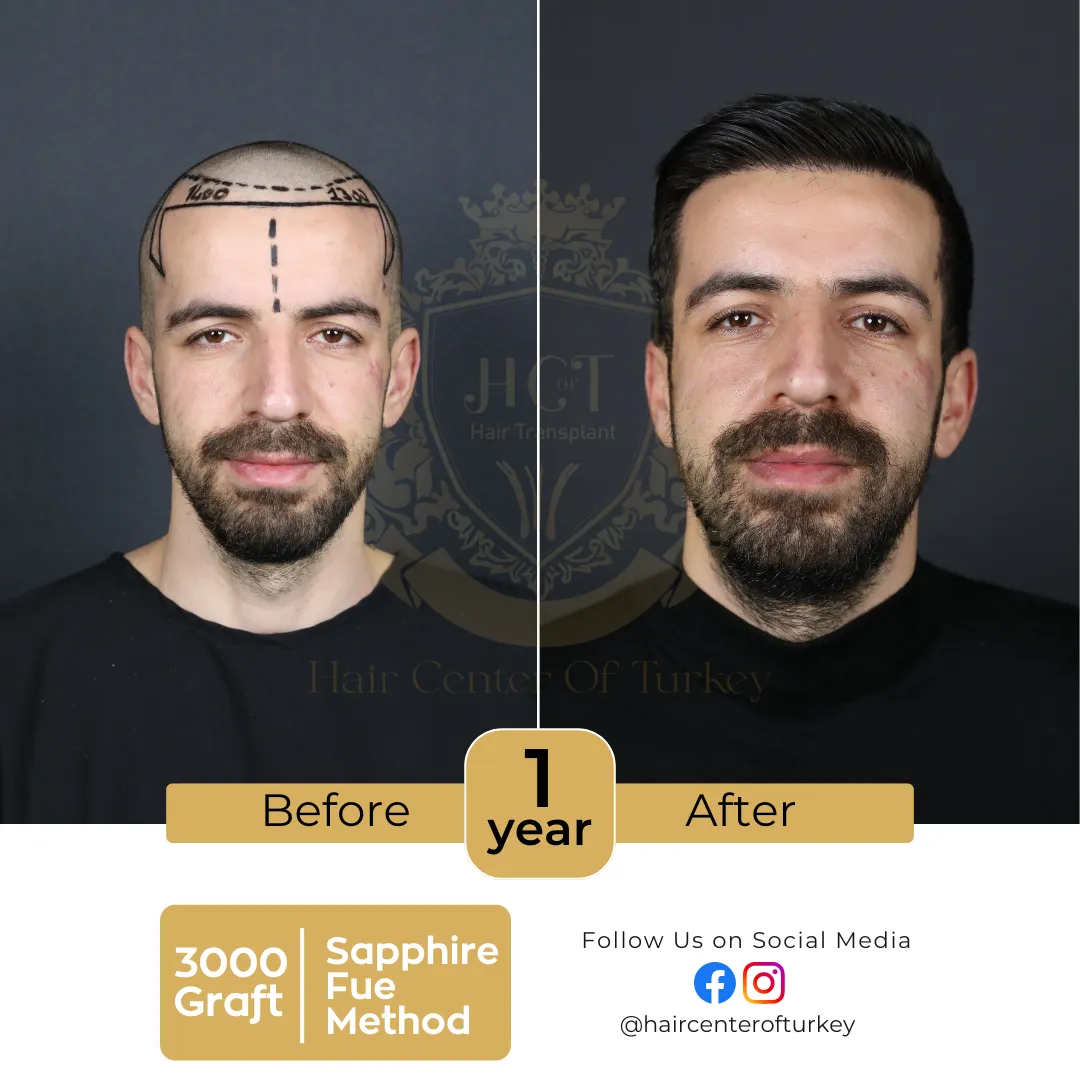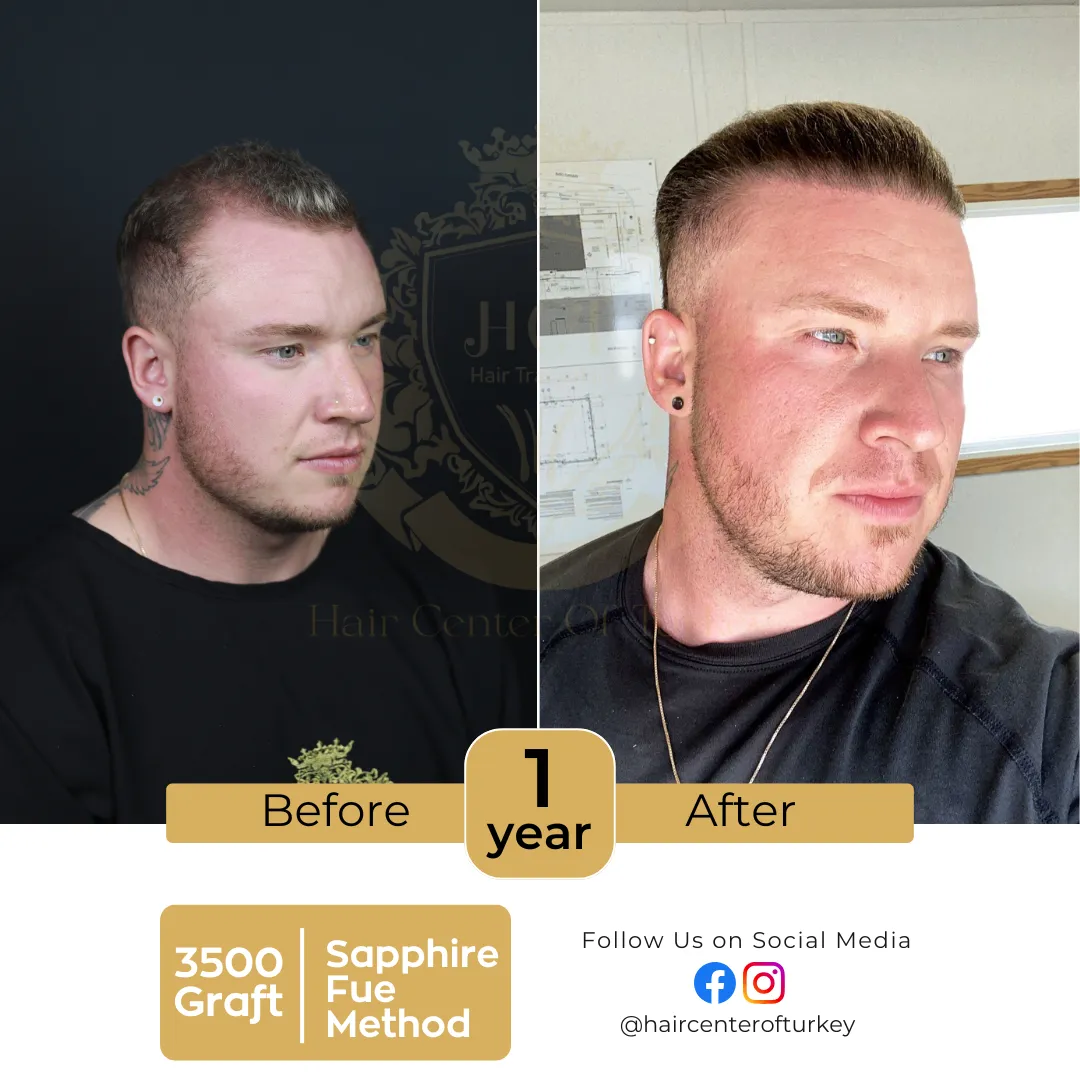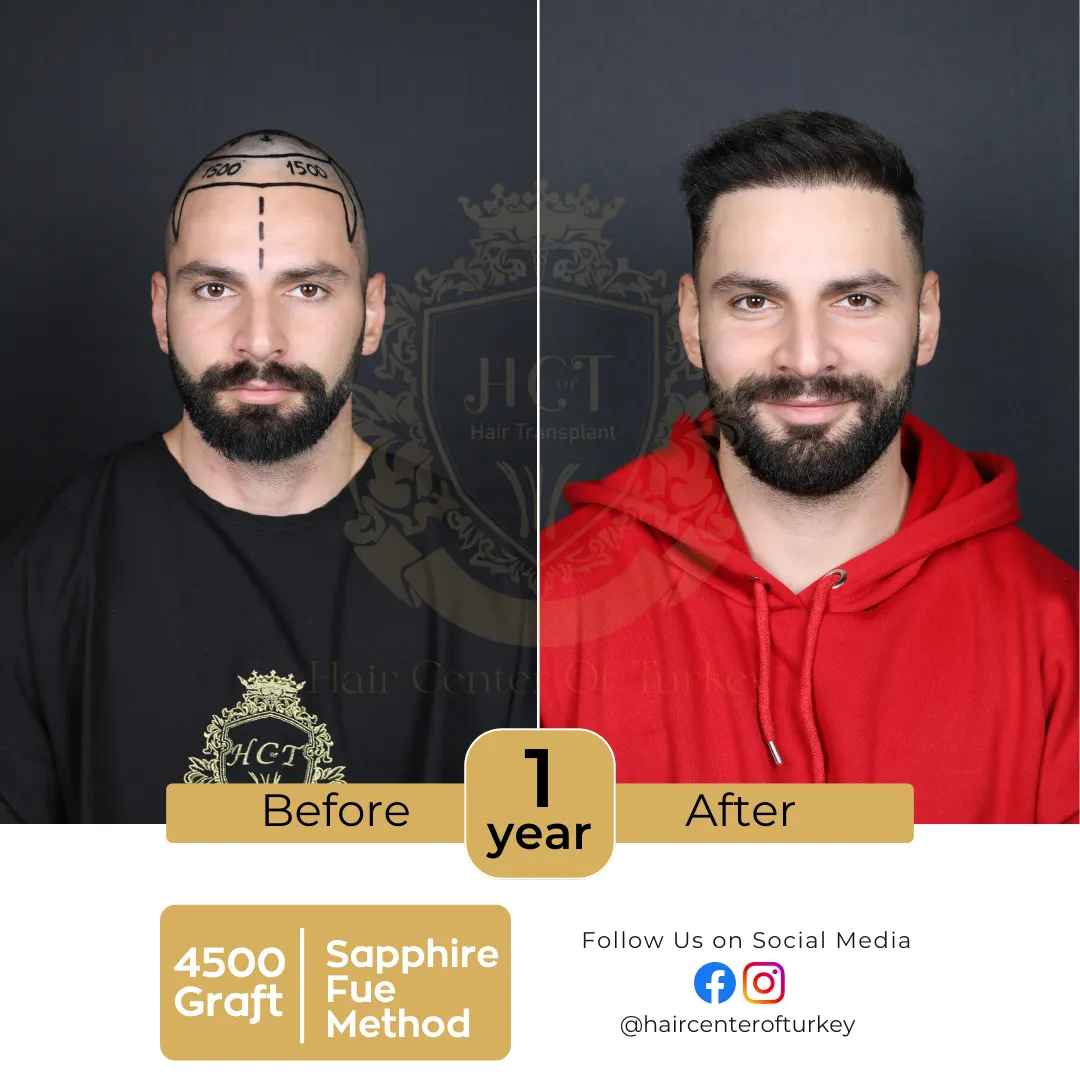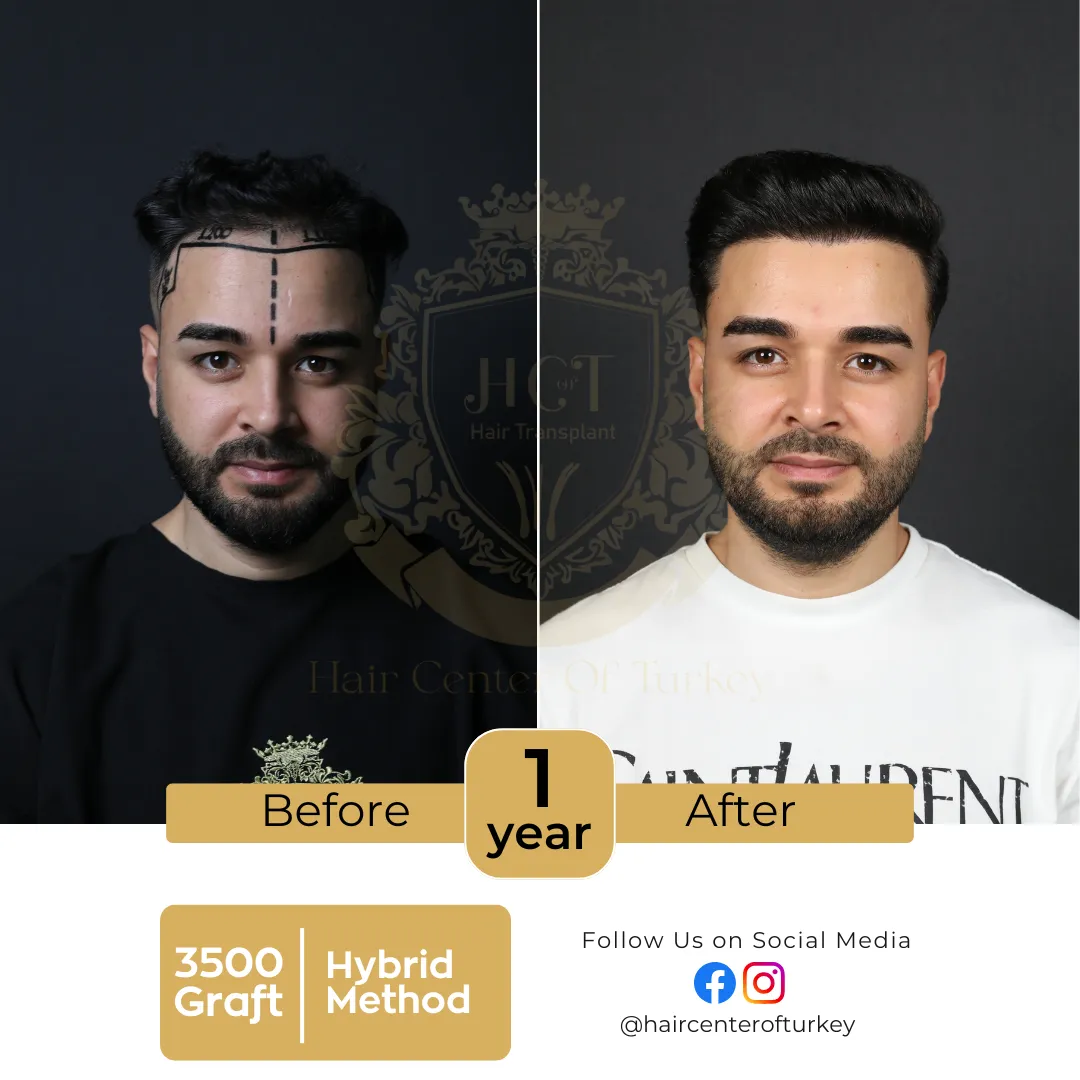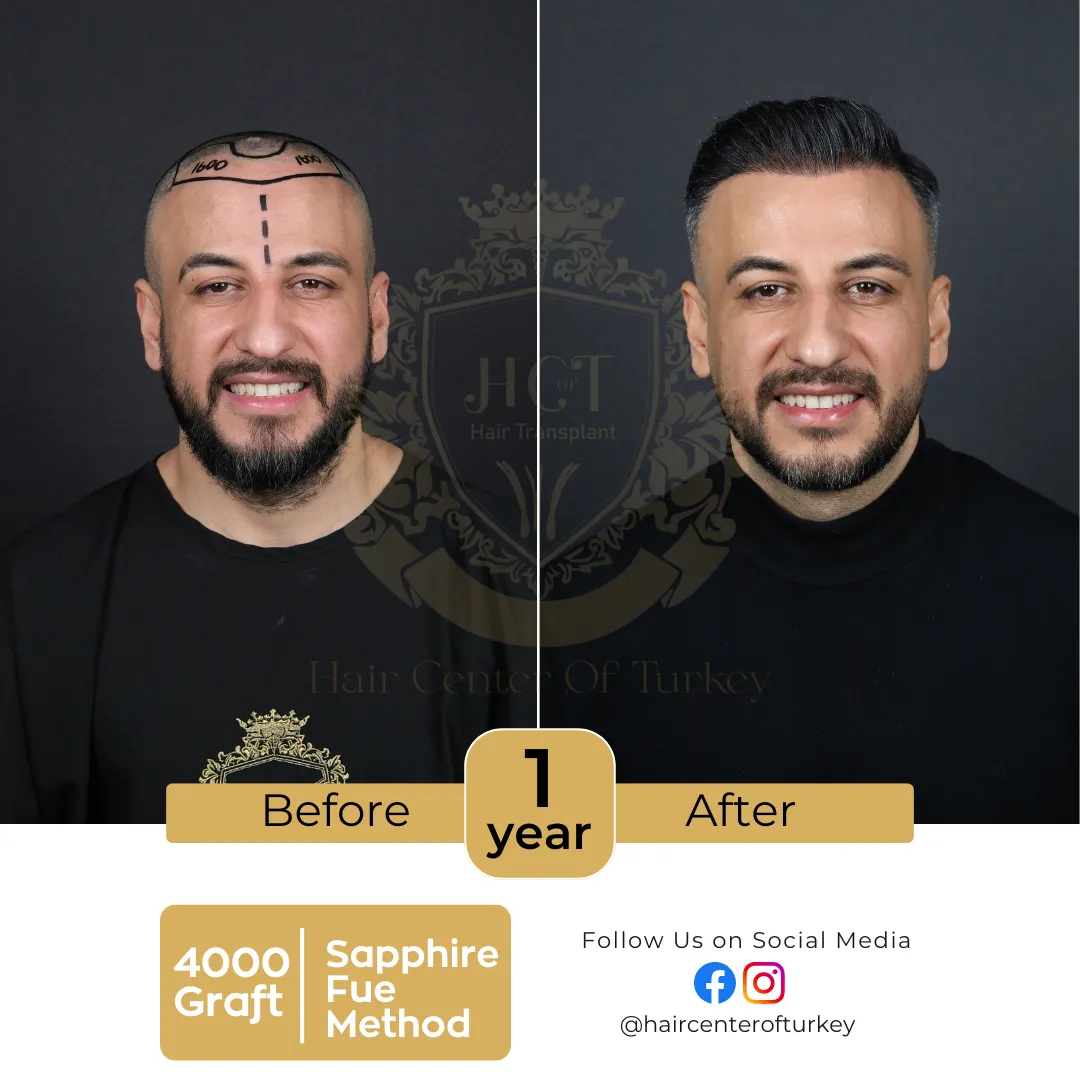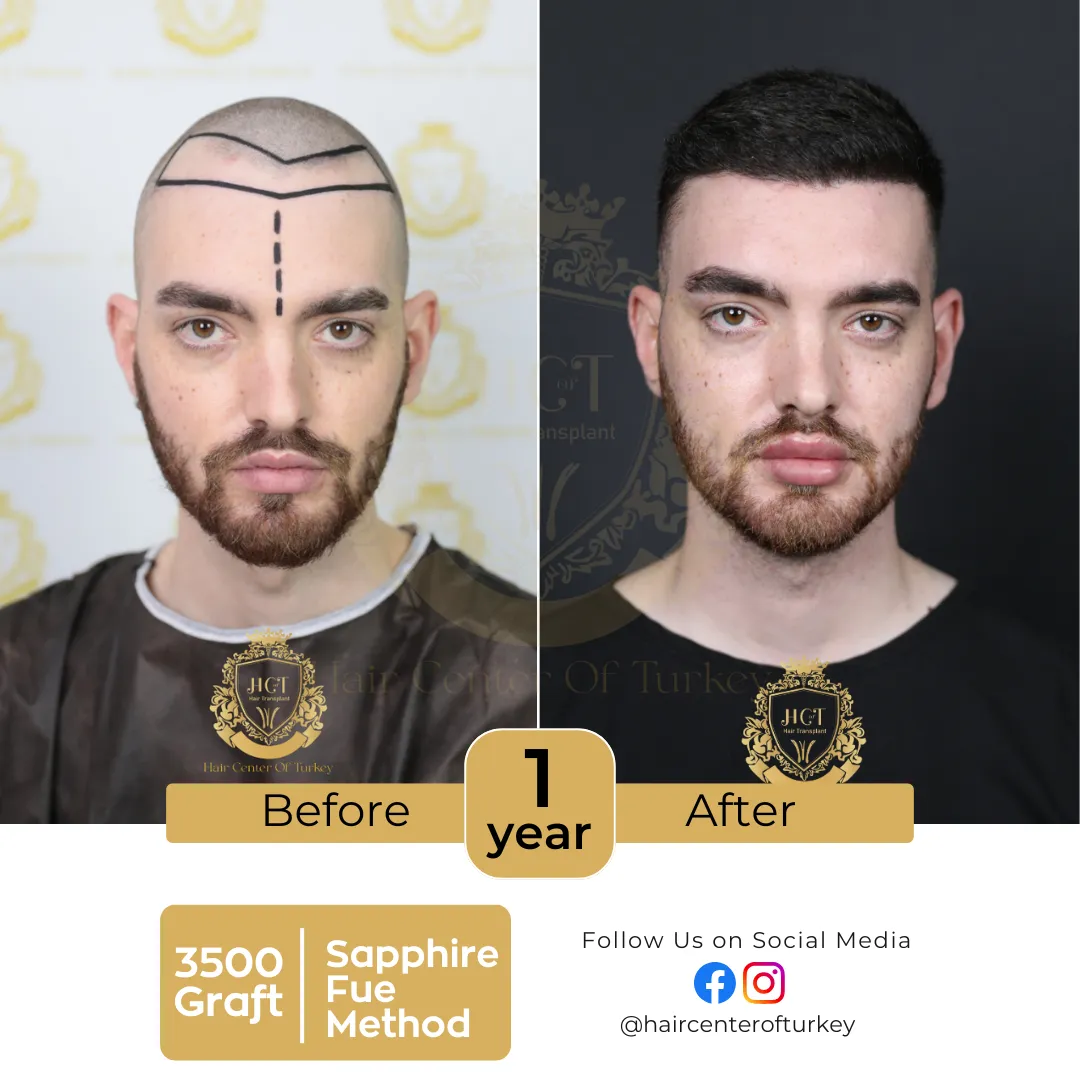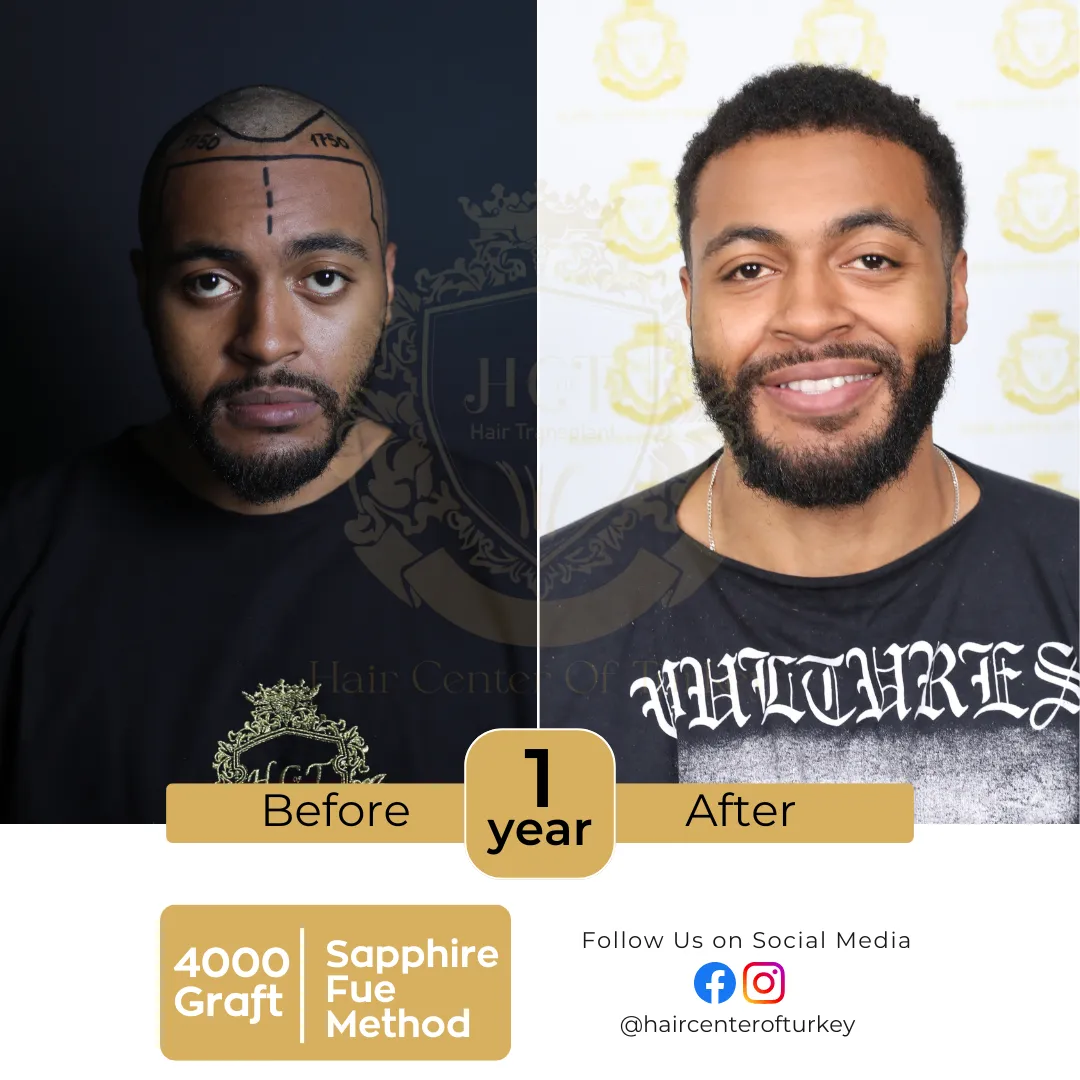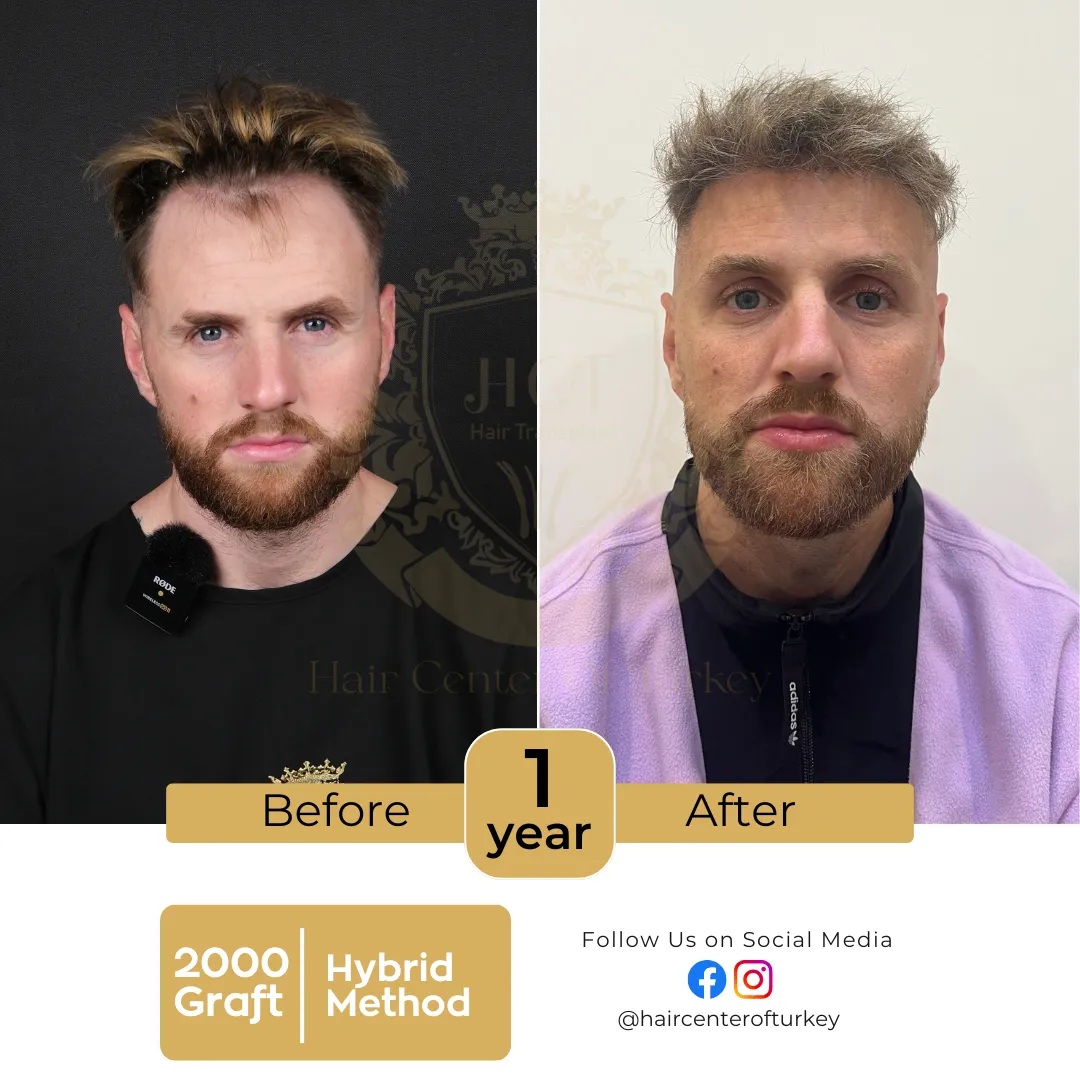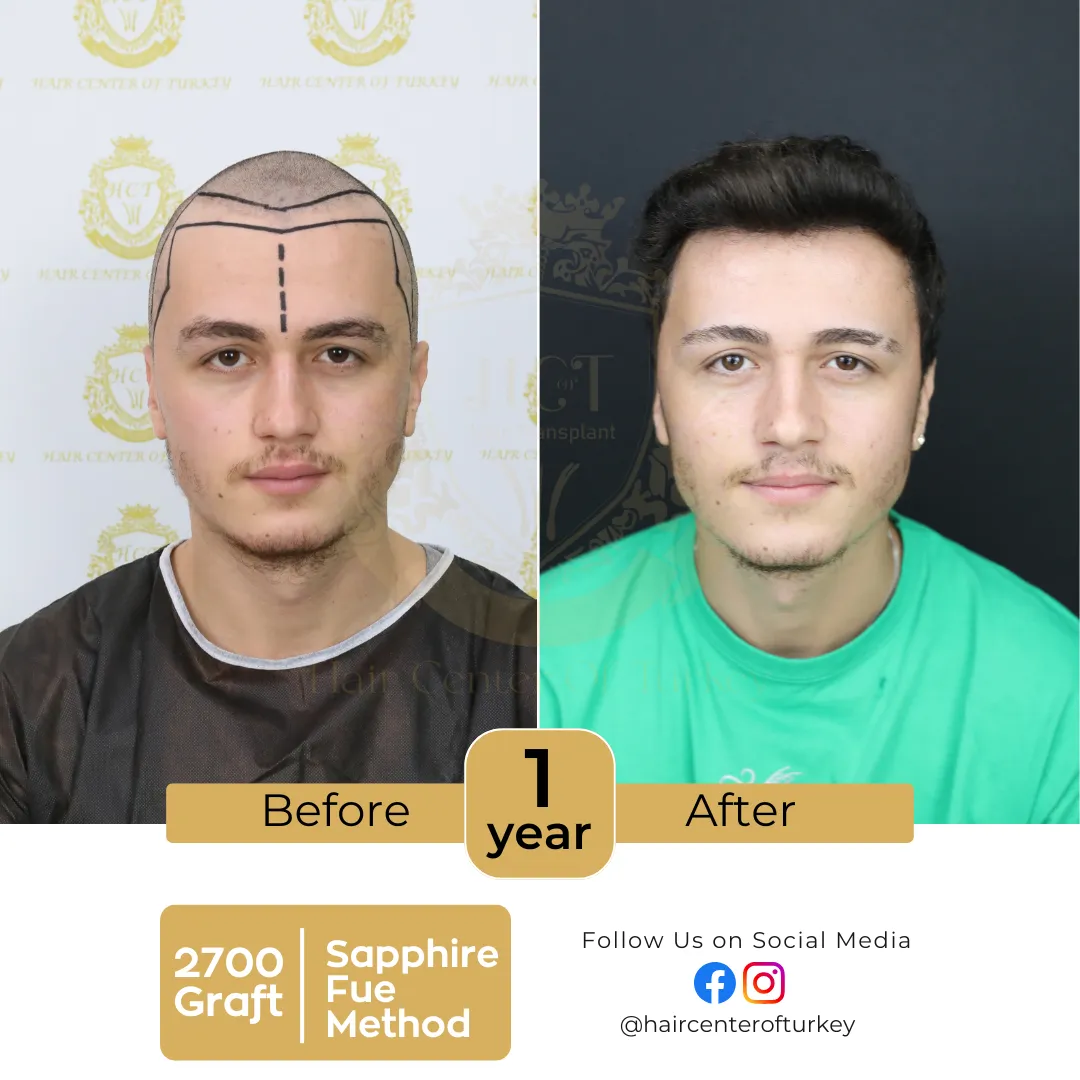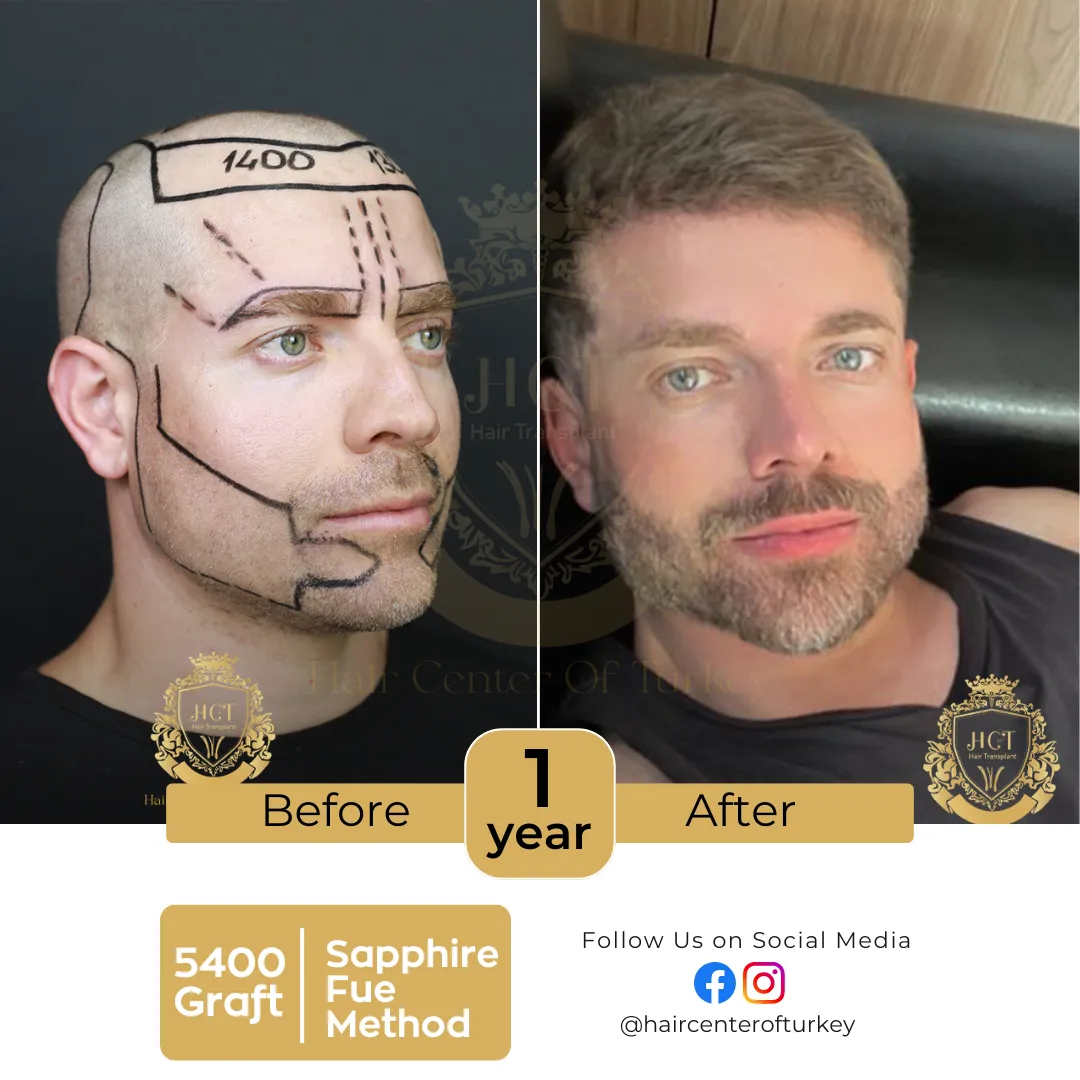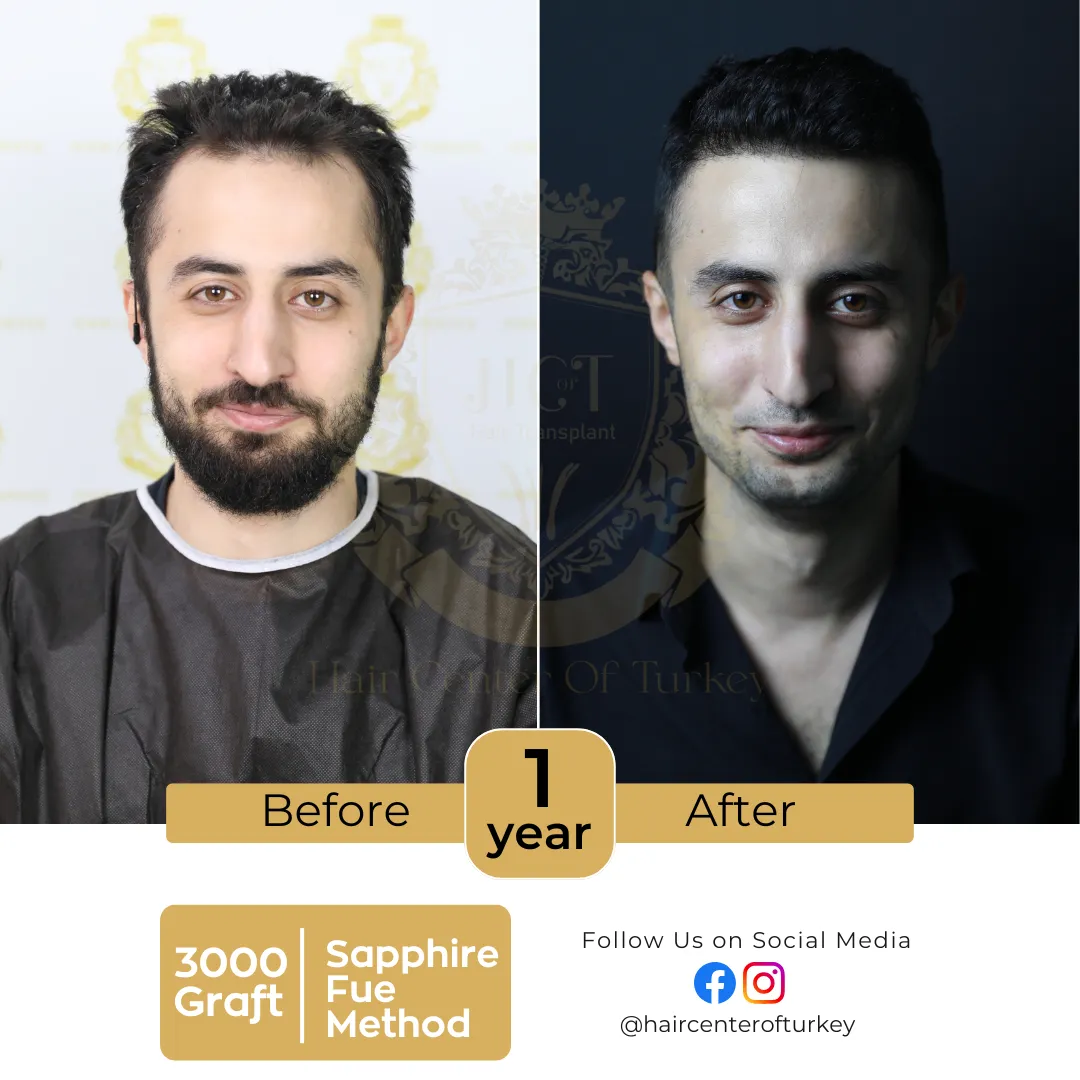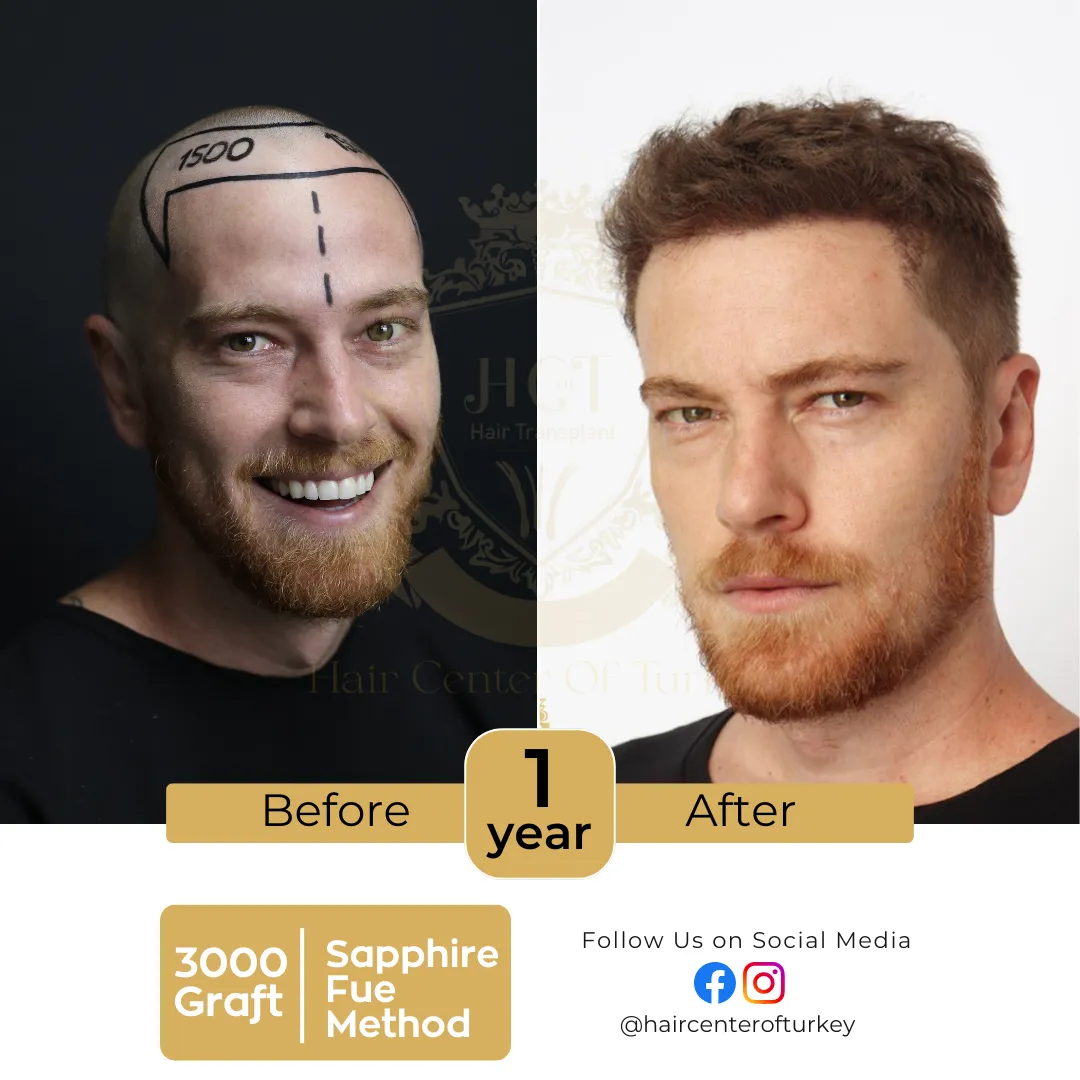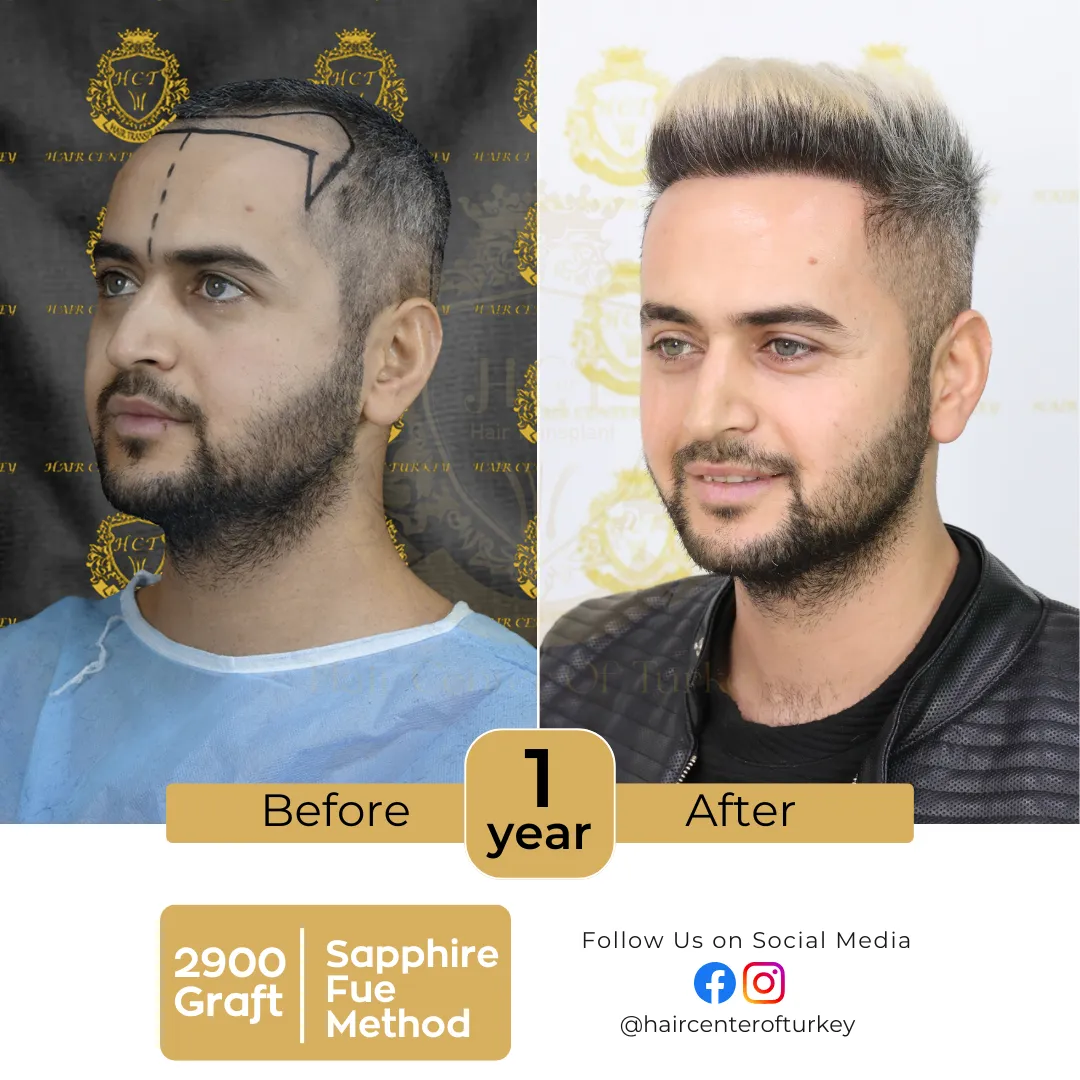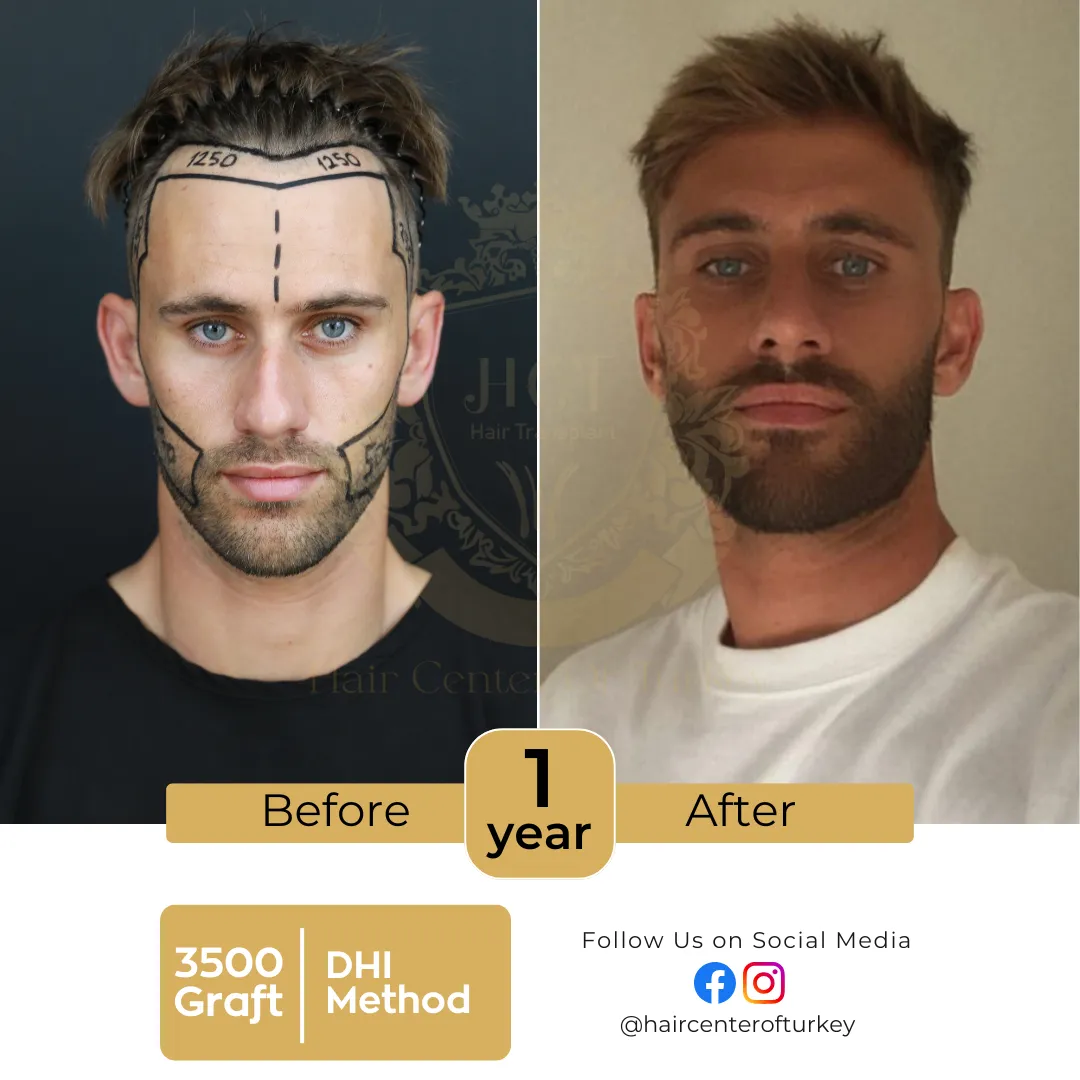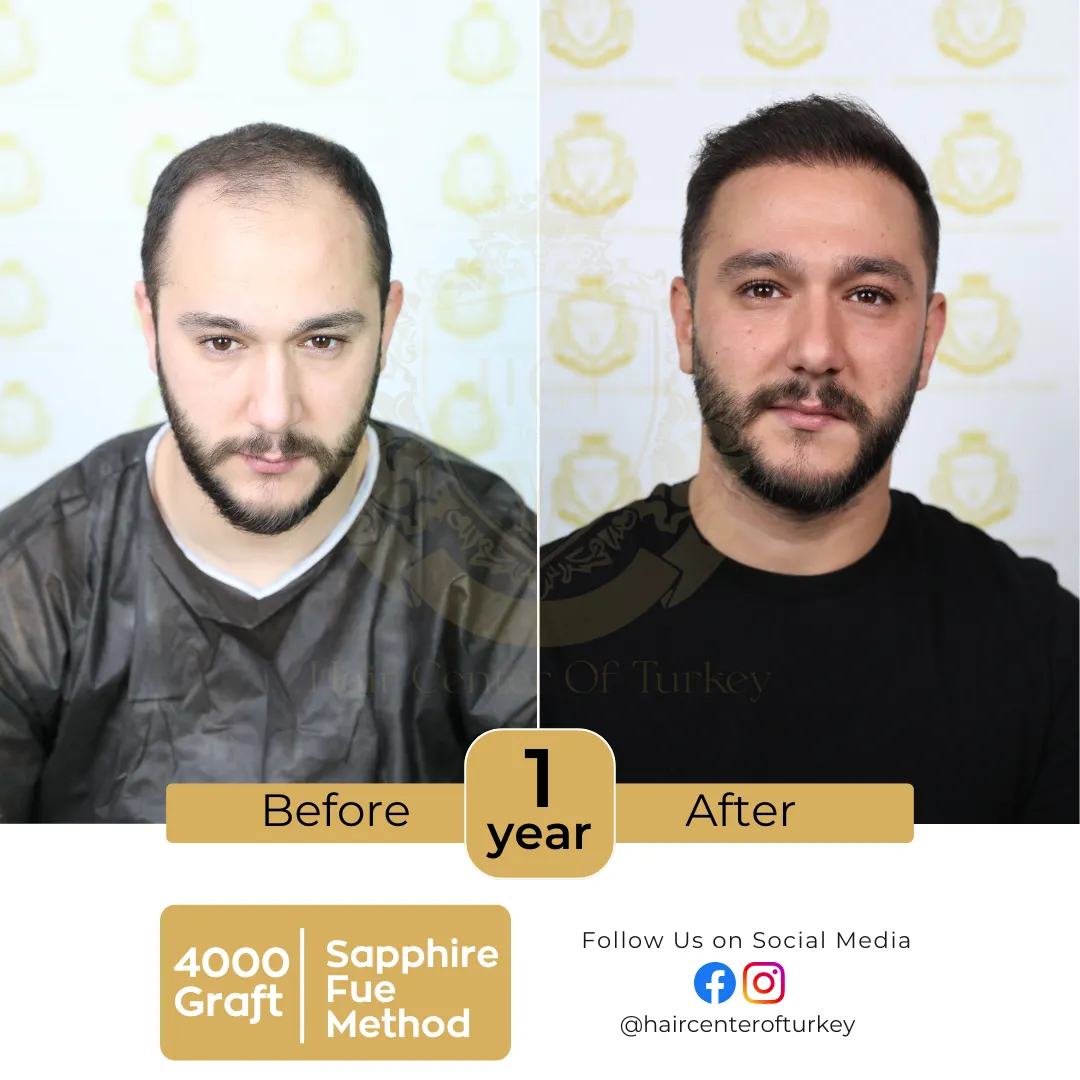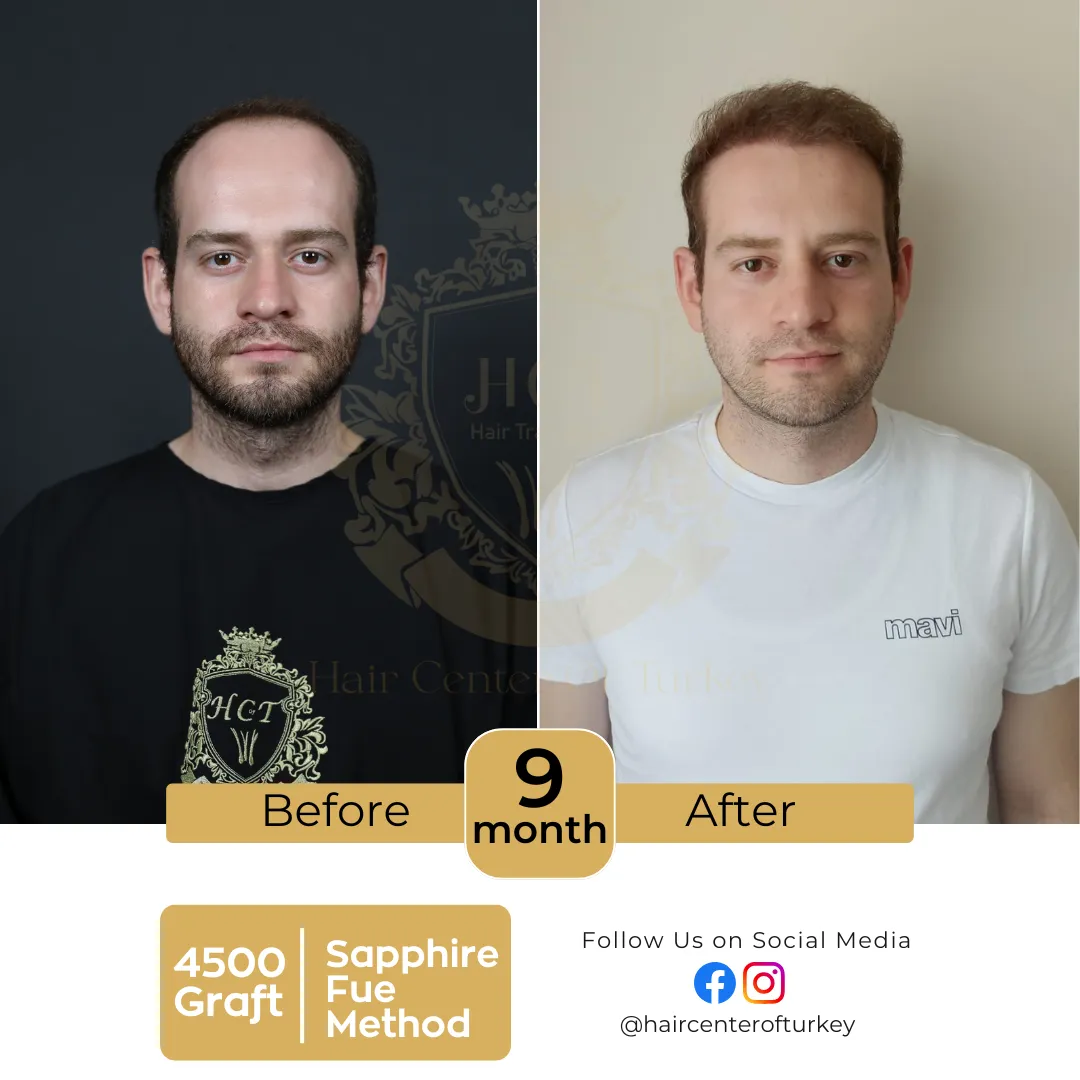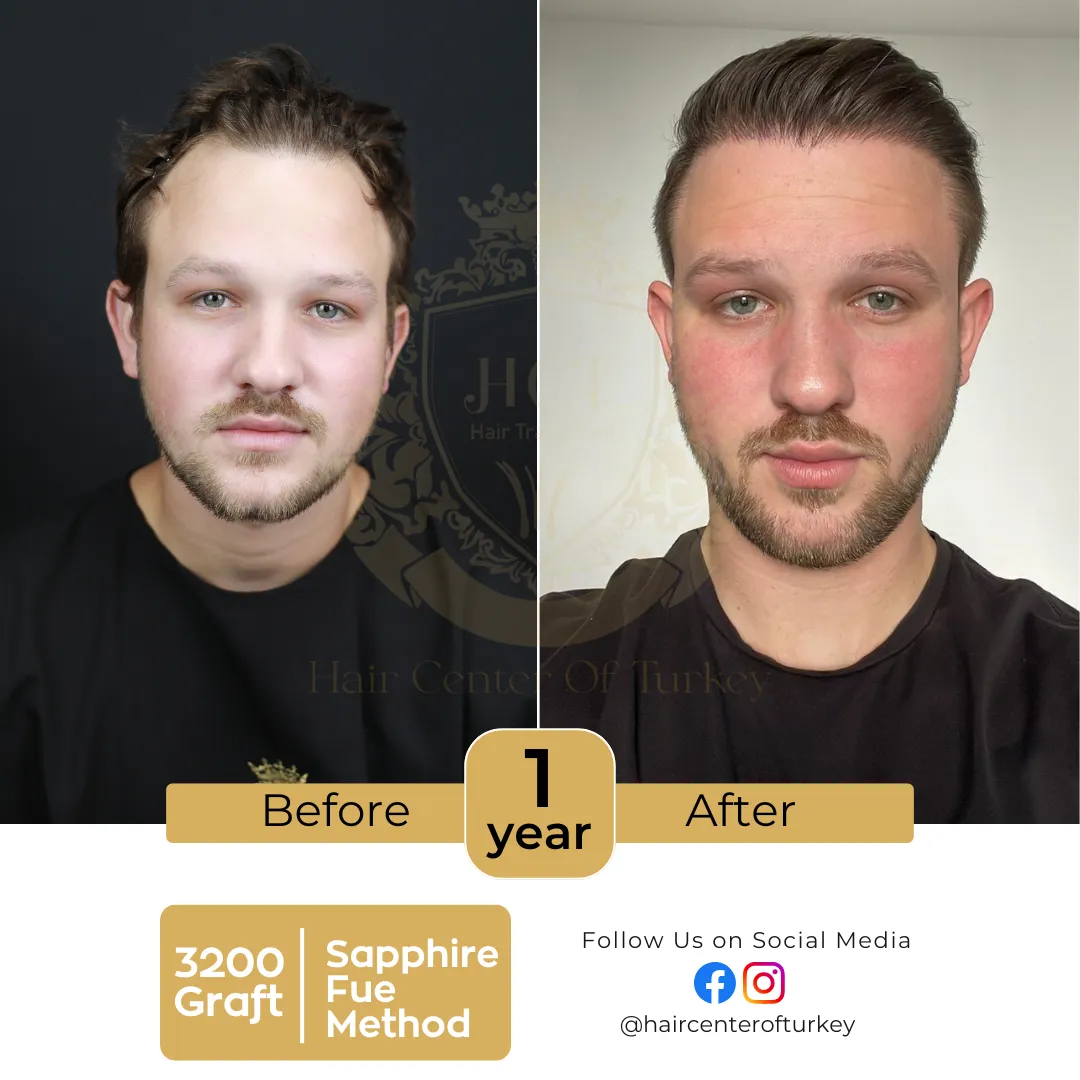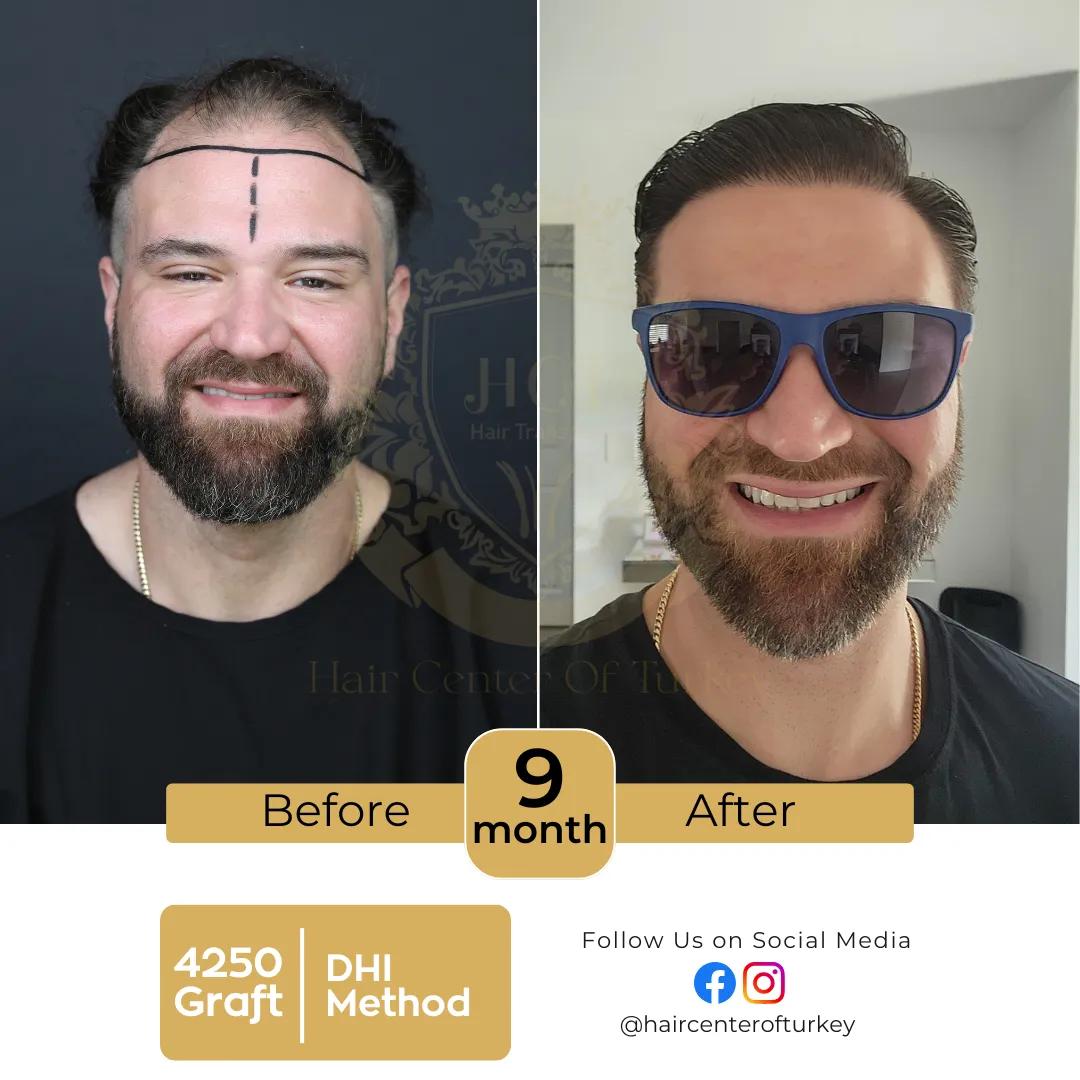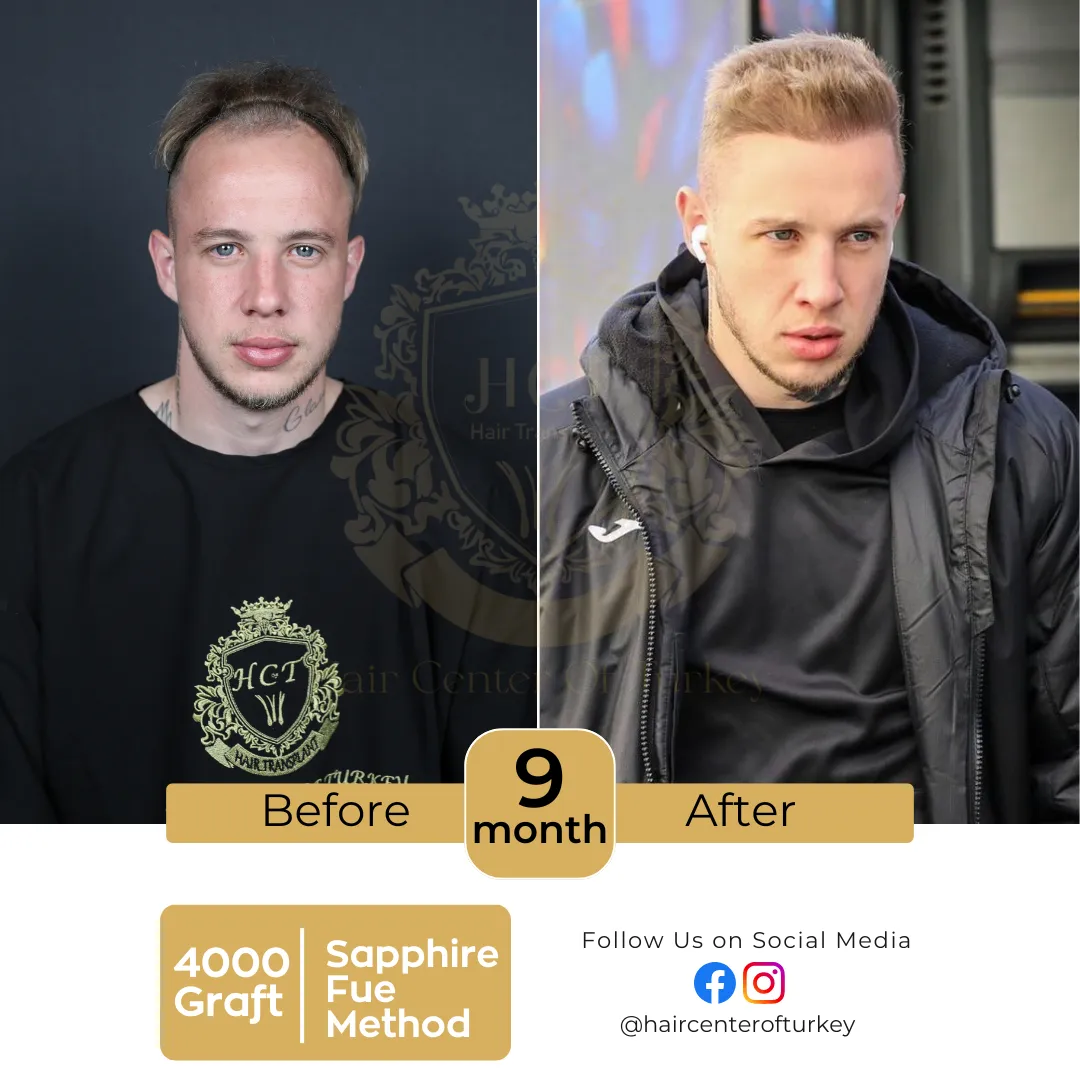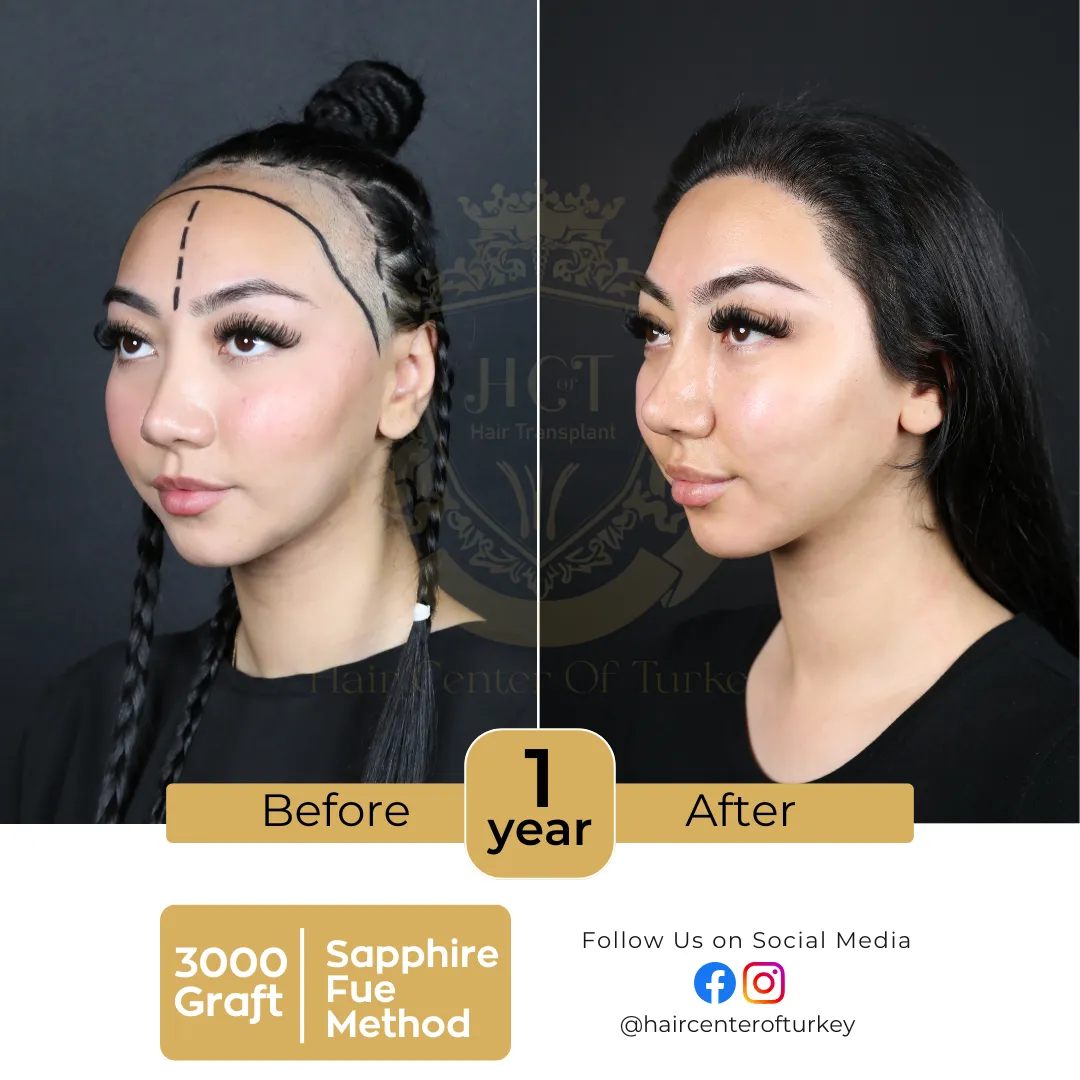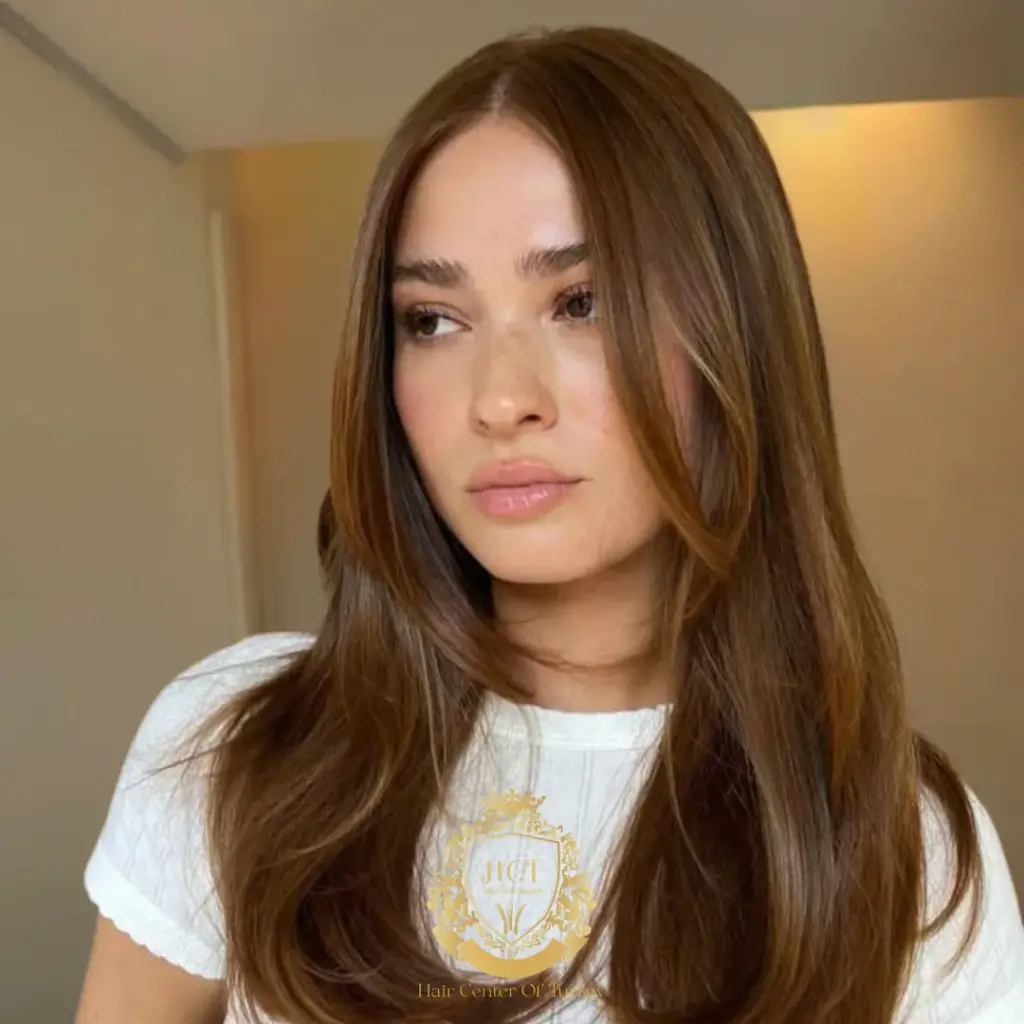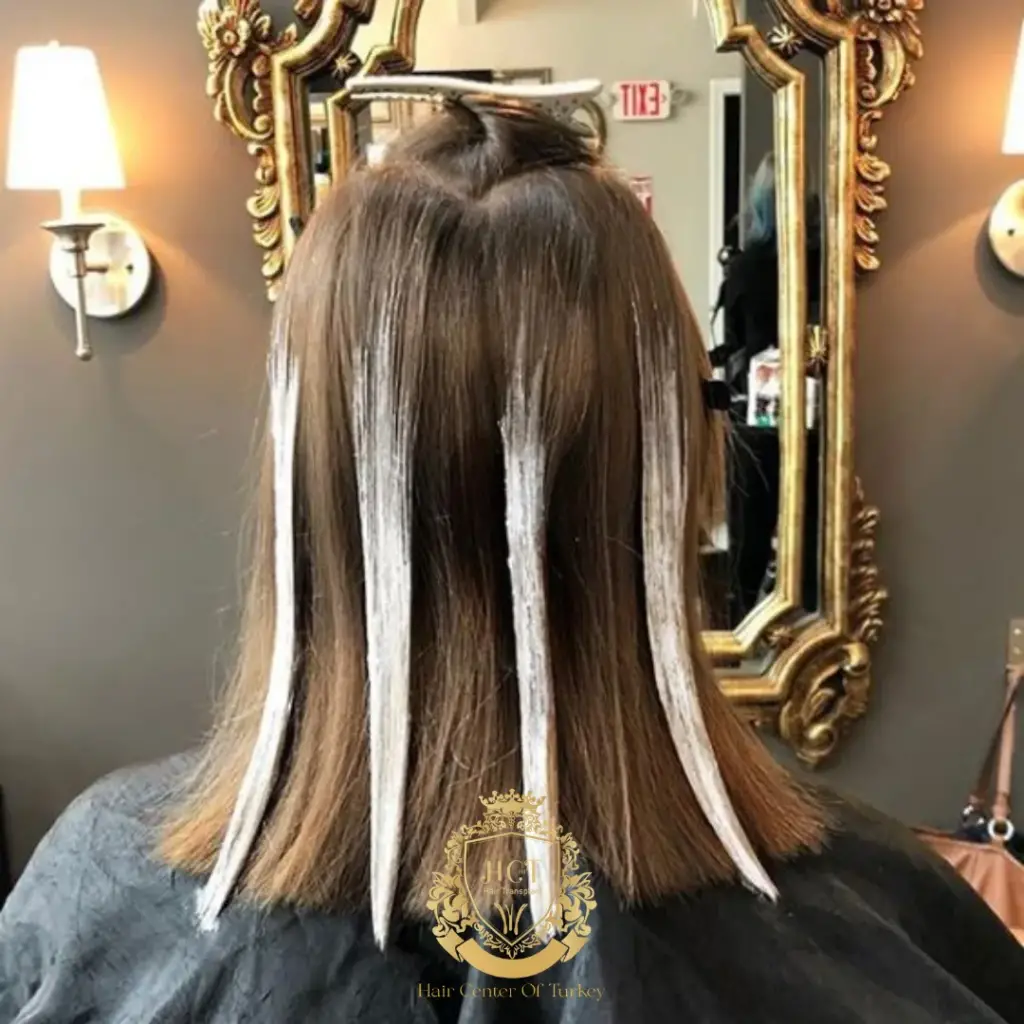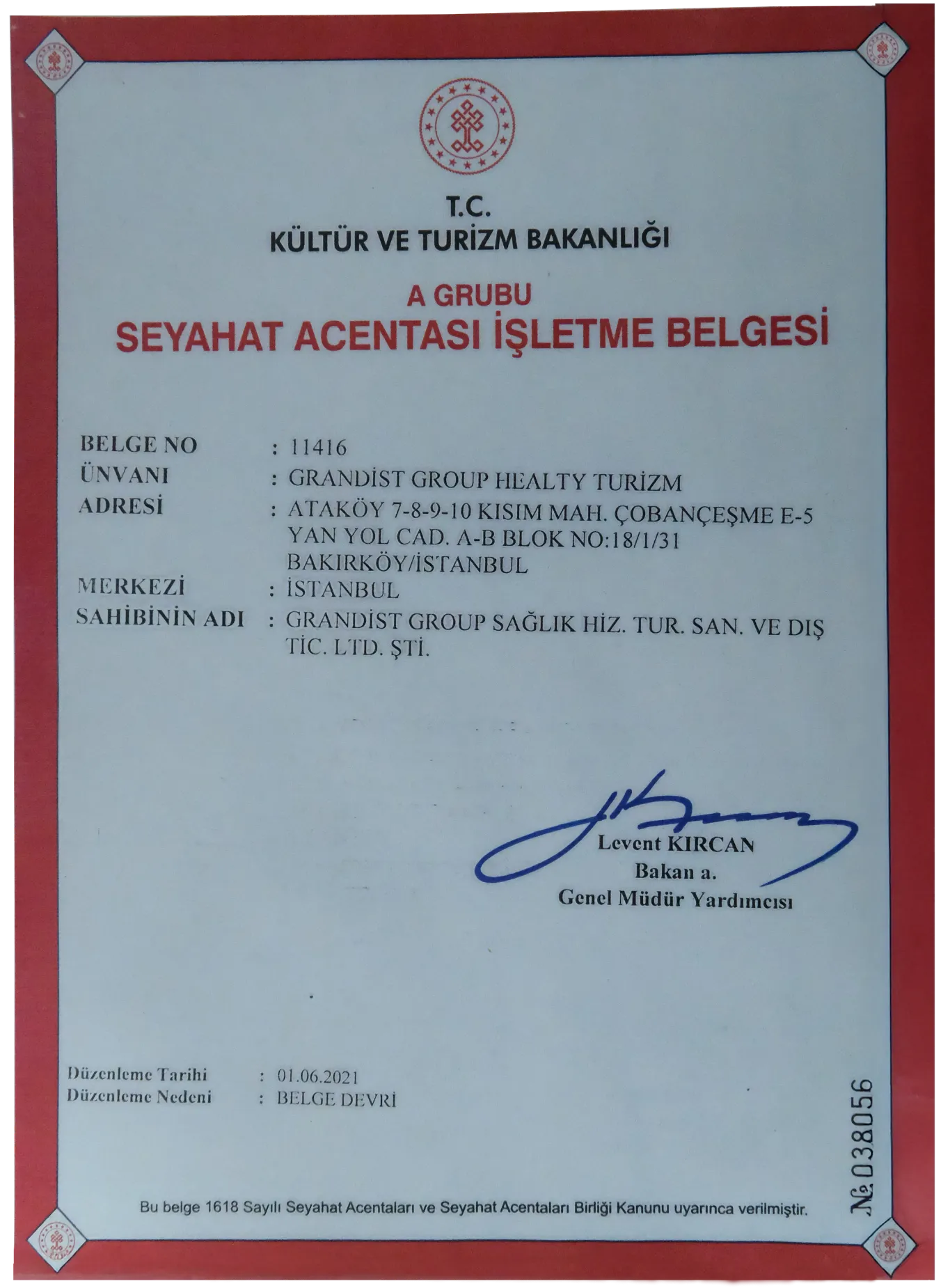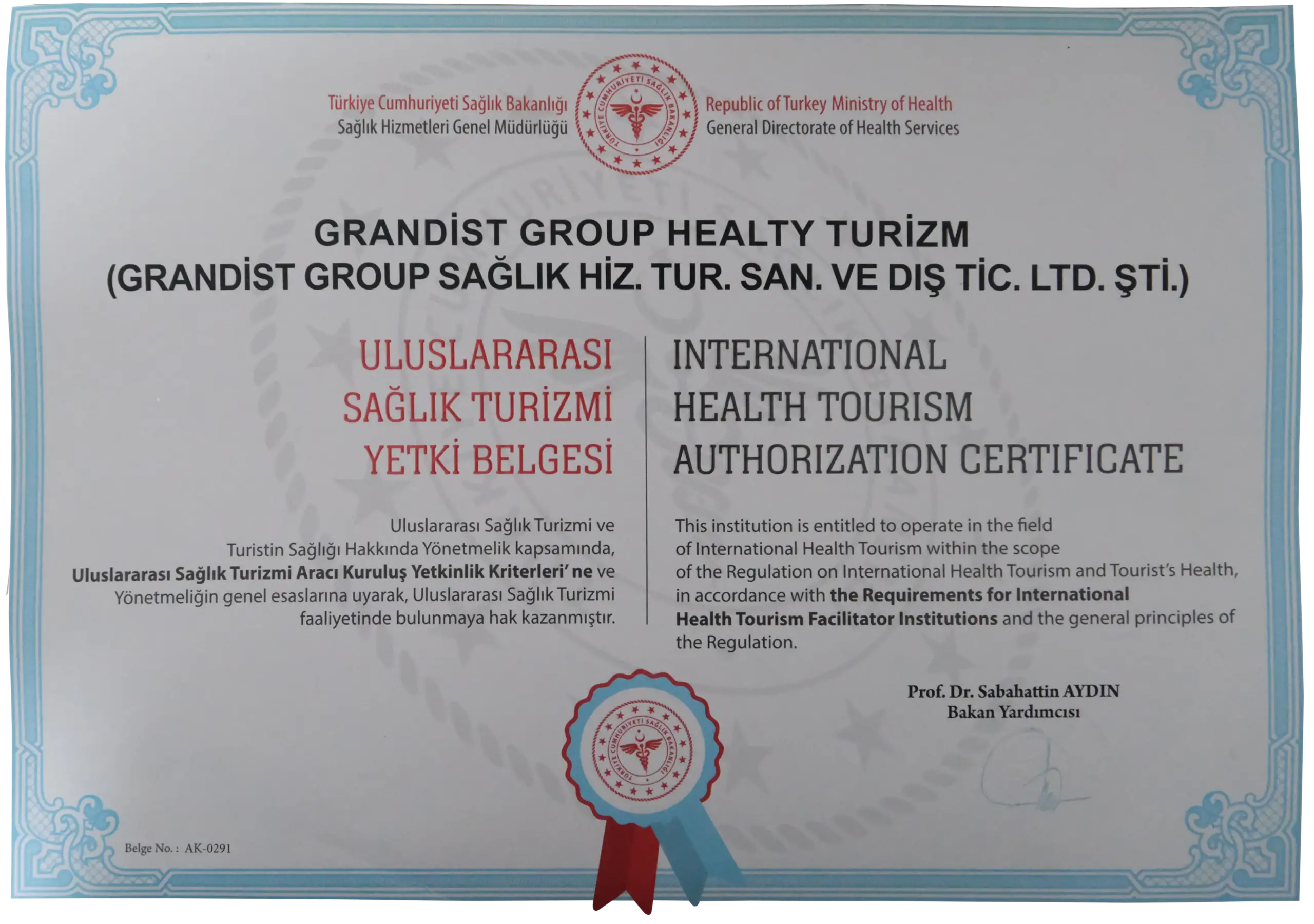Differences Between Permanent and Temporary Hair Dye
Hair coloring is one of the most effective ways to express personal style, refresh your look, and boost confidence. However, for many who want to dye their hair, one of the main questions is: What are the differences between permanent and temporary hair dye? Which type causes less damage? Which lasts longer? In this article, we’ll examine the differences between these two types of dyes in detail — including their uses, effects, and which one is better suited for different hair types.
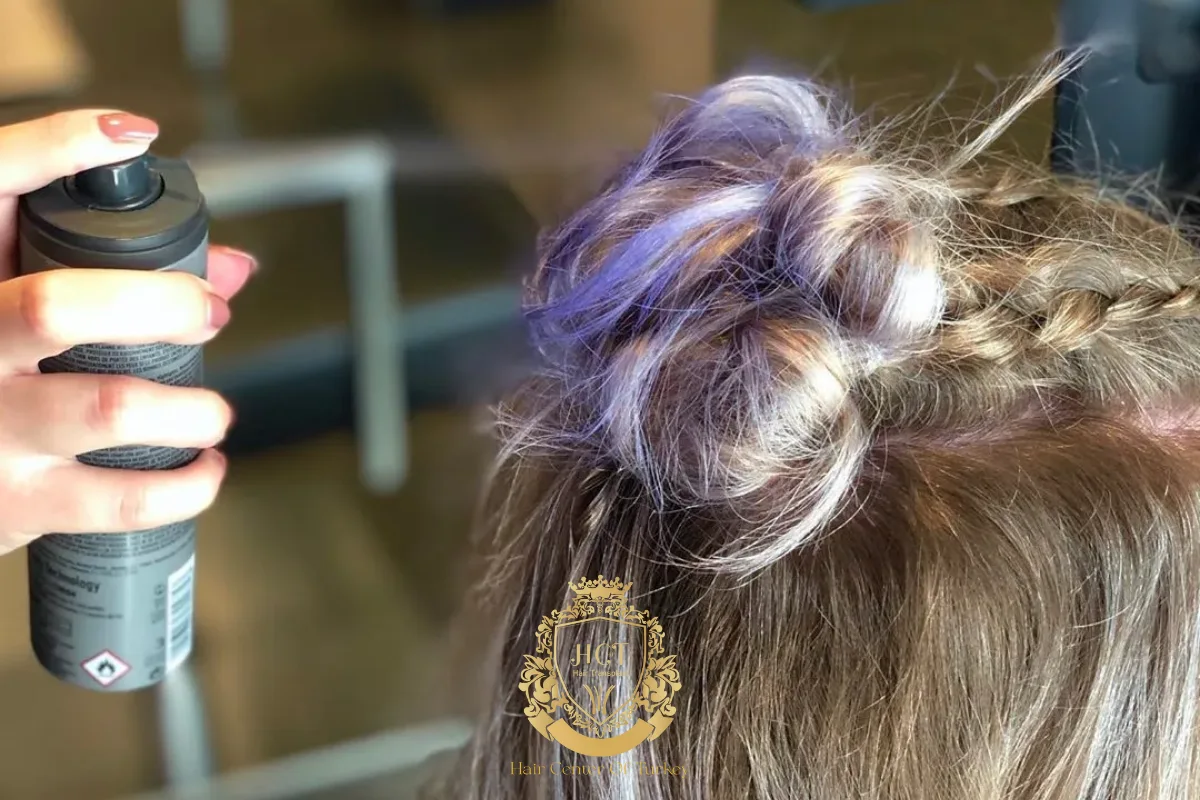
What Are Permanent and Temporary Hair Dyes?
Permanent hair dye penetrates deep into the hair shaft and keeps its color for a long time. It works through chemical reactions that embed the color into the hair’s inner structure. These dyes interact with the hair’s natural pigment and usually contain ammonia or similar chemicals. Therefore, they are highly durable but require reapplication as the roots grow out.
Temporary hair dye, on the other hand, coats only the surface of the hair with color pigments, providing a temporary effect. It usually fades after a few washes and can be easily removed without damaging the hair. These dyes come in forms such as sprays, foams, shampoos, or color masks. They are ideal for those who want to experiment with color, make a short-term change, or achieve a special look for an event.
In short, the differences between permanent and temporary hair dyes mainly stem from how long they last, their ingredients, and how they are applied.
Key Differences Between Permanent and Temporary Hair Dye
The differences are not limited to durability — they also vary in terms of composition, effects, and maintenance needs.
- Longevity:
Permanent dyes, as the name implies, stay on the hair for a long time. The color only fades as the hair grows or with chemical treatment. Temporary dyes fade after about 1 to 8 washes. - Ingredients:
Permanent dyes generally contain ammonia, hydrogen peroxide, and pigments. These chemicals open the hair cuticle, allowing the color to penetrate inside. Temporary dyes don’t contain such harsh chemicals; they only deposit color particles on the hair’s surface. - Effect on Hair:
Permanent dyes can lighten or darken the hair, while temporary dyes usually only change the tone slightly without altering the base color. - Purpose:
Permanent dyes are suitable for covering gray hair or achieving a long-term color change. Temporary dyes are better for experimenting or for special occasions.
In summary, the differences between permanent and temporary hair dyes lie both in their chemical effects and in the user’s intended purpose.
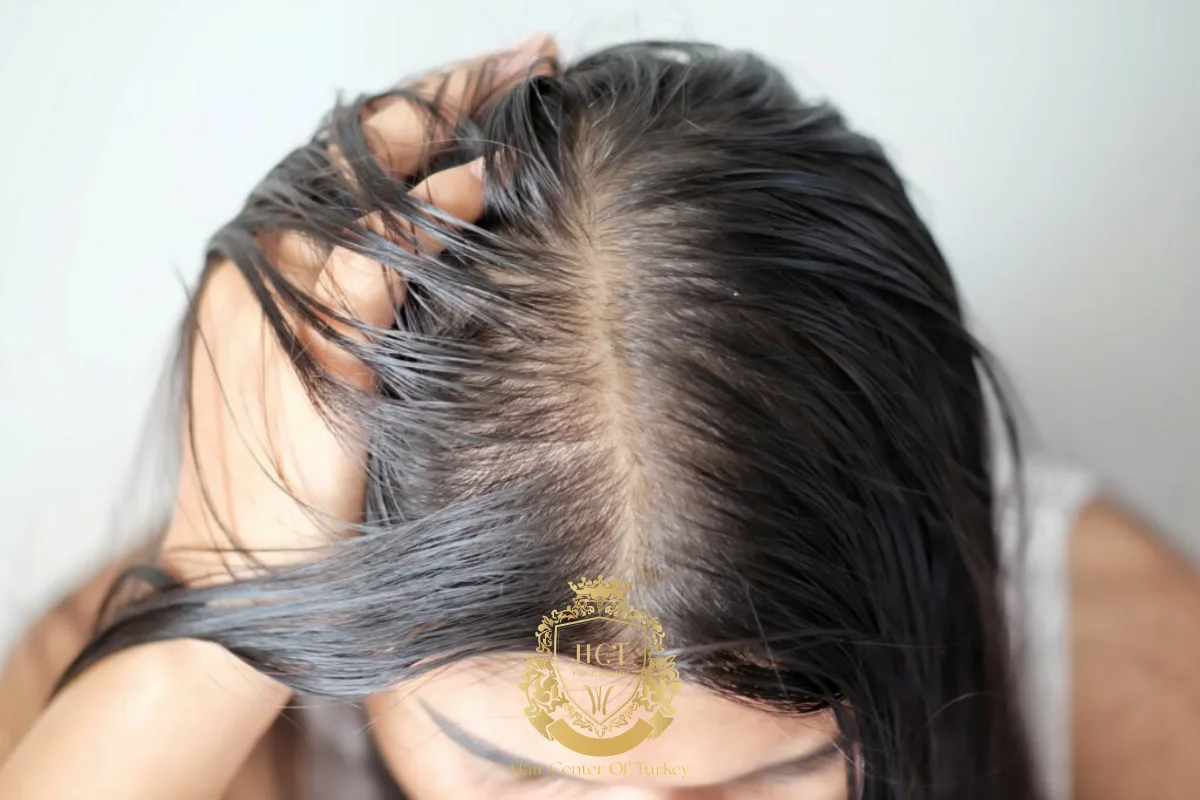
Which Type of Dye Is Best for Your Hair Type?
Your hair type is one of the most important factors in choosing the right dye.
- Dry and Damaged Hair:
Temporary dyes are more suitable since permanent dyes may further disrupt the hair’s moisture balance. - Oily and Healthy Hair:
Permanent dyes work better on strong, resilient hair because the color lasts longer and remains vibrant. - Fine Hair:
Temporary dyes are preferable because permanent dyes can weaken fine strands. - Gray Hair:
Permanent dyes are much more effective for covering gray hair, as temporary dyes do not adhere well to gray strands.
Thus, the differences between permanent and temporary dyes also determine which is appropriate for different hair types. Choosing the wrong type can lead to unwanted results.
Effects of Permanent and Temporary Dyes on Hair
Hair dye affects more than just color — it also influences the overall health, shine, and texture of the hair.
Permanent dyes, because of their chemical composition, can slightly damage the hair’s natural protective layer. Over time, this can cause dryness, breakage, and dullness. However, regular care and moisturizing masks can minimize these effects.
Temporary dyes act only on the surface, so they don’t harm the hair. In fact, some temporary dyes contain nourishing ingredients that add shine.
Once again, the differences between permanent and temporary hair dyes show up clearly in their long-term effects: permanent dyes offer lasting color but have stronger chemical impacts, while temporary dyes are short-lived but gentler.
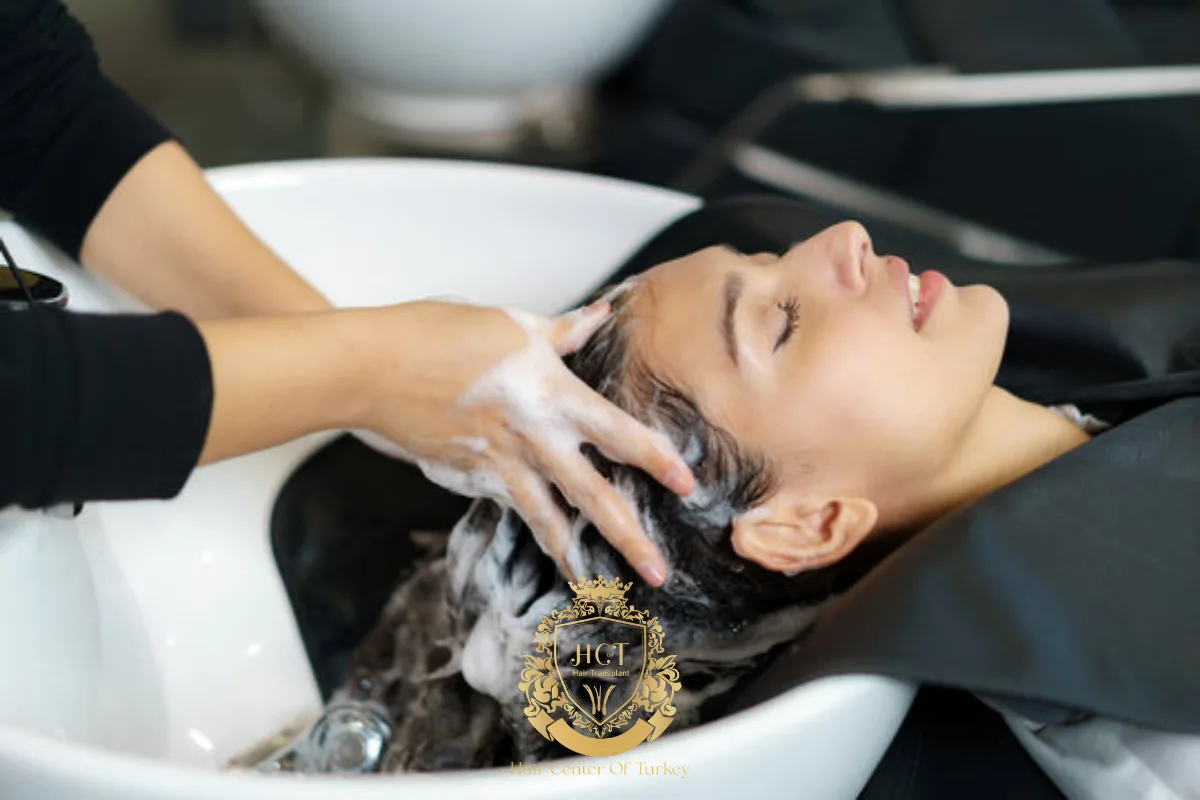
How to Apply Permanent Hair Dye
Applying permanent hair dye requires care and attention. Here are the main steps:
- Preparation:
Hair should be clean but dry. Always do a patch test 24 hours beforehand to check for allergies. - Mixing:
Permanent dye usually comes with a color cream and a developer. Mix them according to the instructions. - Application:
Apply evenly from roots to ends. - Processing Time:
Leave it on for about 30–40 minutes to allow the pigments to penetrate the hair. - Rinsing and Care:
Rinse with lukewarm water, use a color-protecting shampoo, and follow with a nourishing mask.
This process is one of the clearest application differences between permanent and temporary dyes. Permanent dye requires more precision, while temporary dye can be applied easily at home.
How to Use Temporary Hair Dye
Applying temporary dye is much simpler — often as easy as washing your hair.
- Prepare the Hair:
Hair should be clean and dry for better pigment adherence. - Choose the Product:
You can use sprays, foams, color shampoos, or chalks. - Application:
Follow the product’s instructions. Sprays are usually applied from about 15–20 cm away, while foams are distributed by hand. - Drying:
Temporary dyes typically dry within a few minutes. - Rinsing:
The color fades naturally after a few washes.
In terms of convenience, the differences between permanent and temporary dyes are quite clear — temporary dyes provide a quick, low-commitment experience.
When changing your hair color, you should pay attention not only to the shade but also to the type of dye. The differences between permanent and temporary hair dye directly affect the health, appearance, and care routine of your hair.
If you want a long-term color change, permanent dye is the better choice. But if you like to experiment frequently or want to try new shades safely, temporary dyes are the way to go.
Ultimately, the differences between permanent and temporary hair dyes depend on your personal preferences, hair type, and maintenance habits. Choosing the right one helps preserve both your style and your hair’s health.


